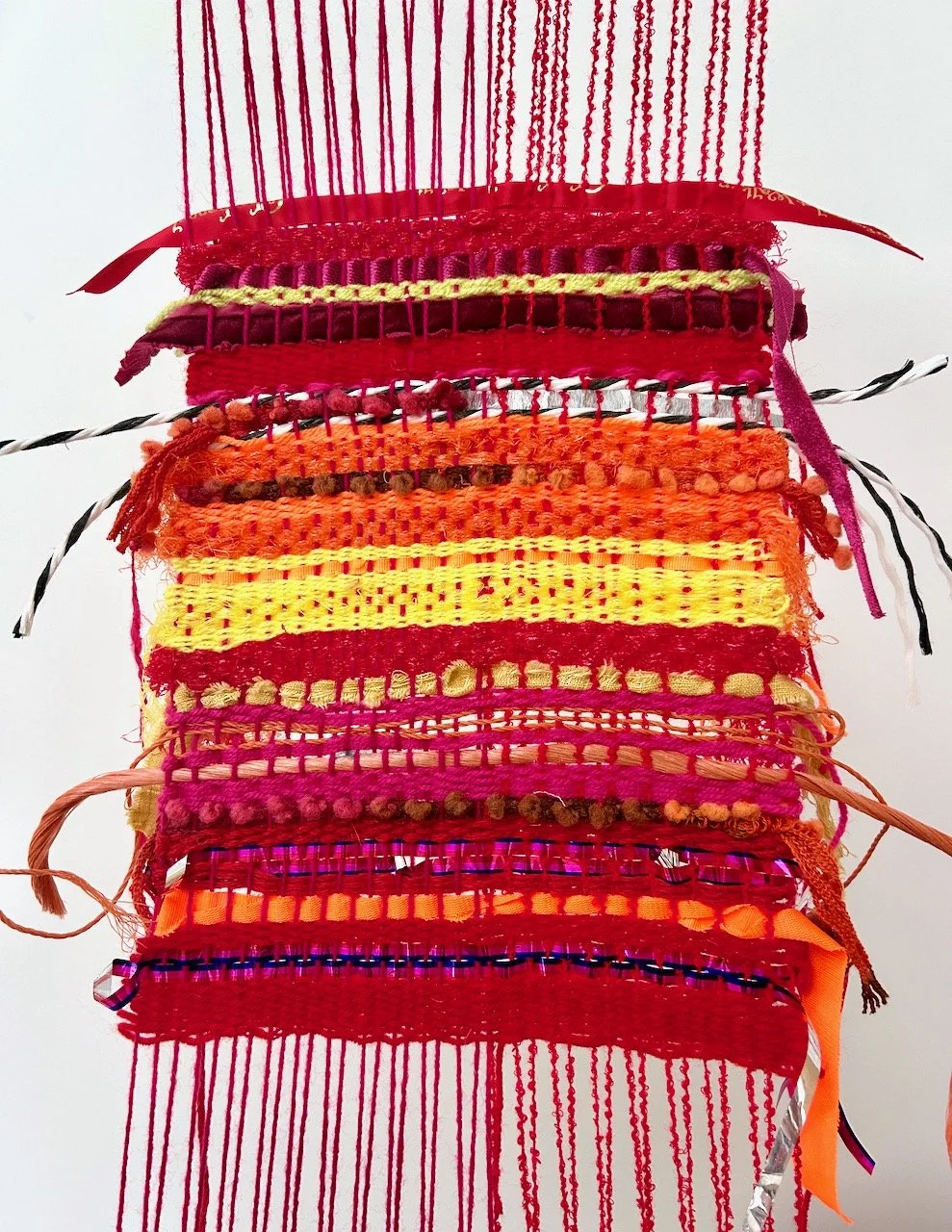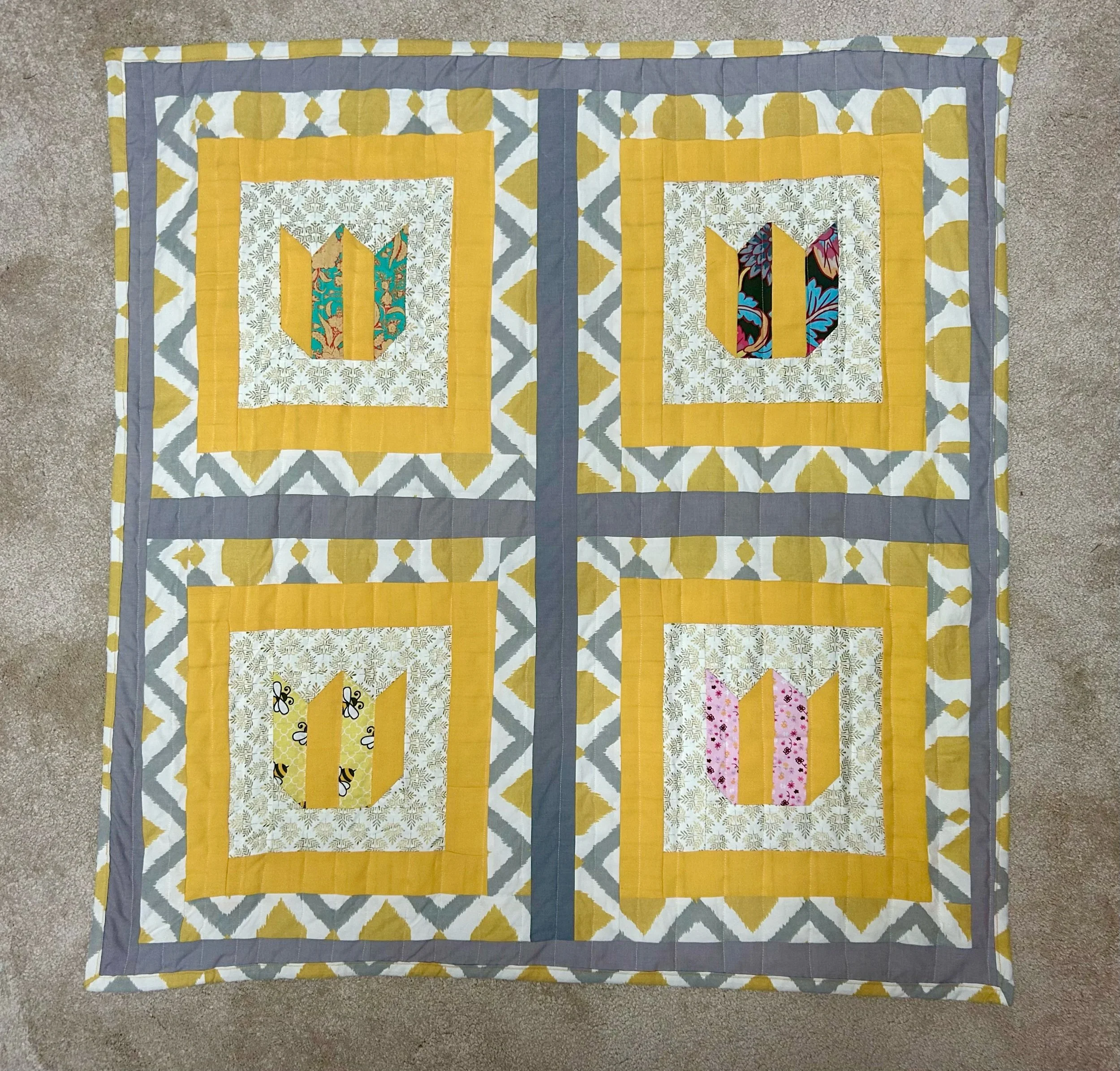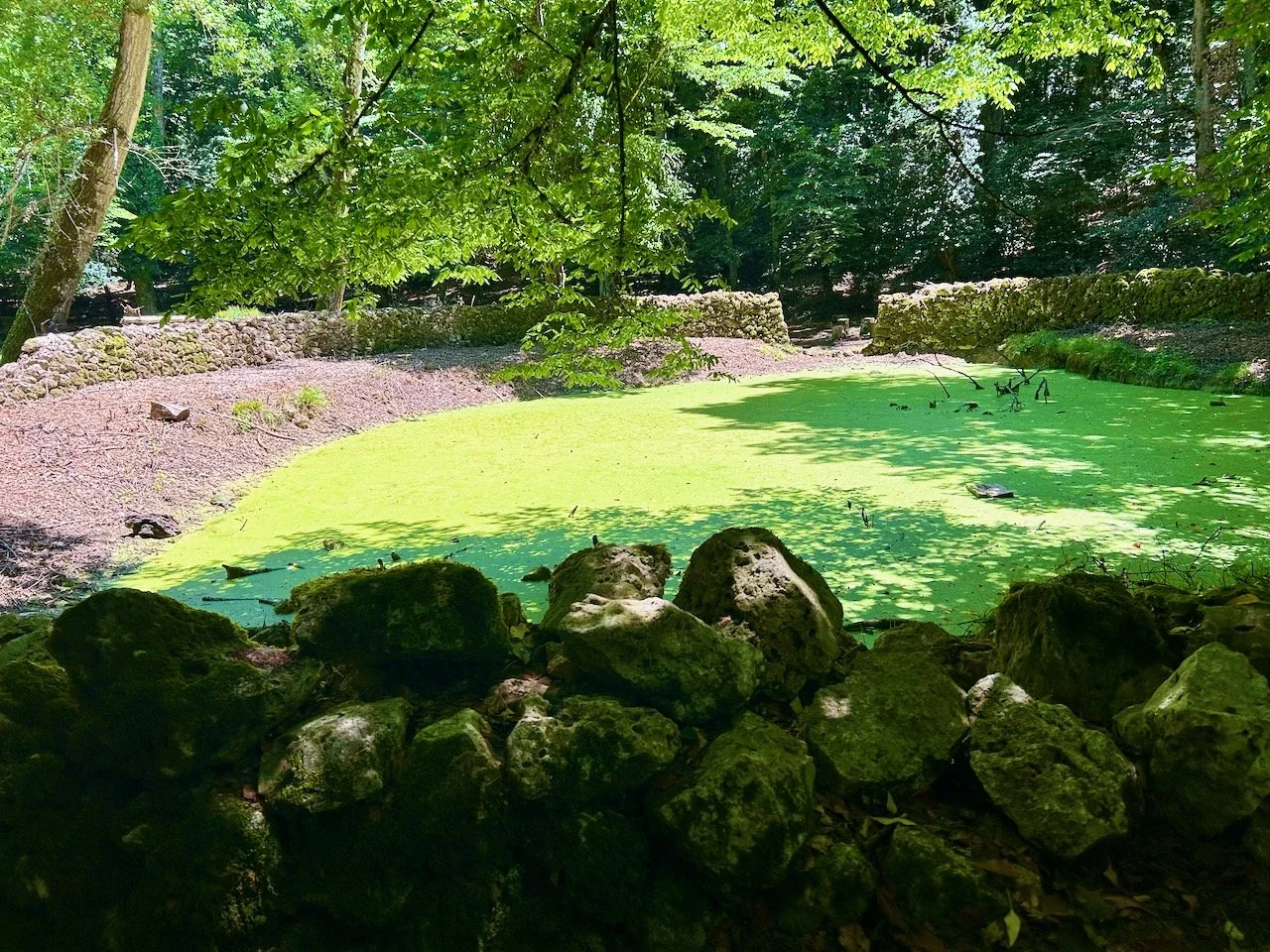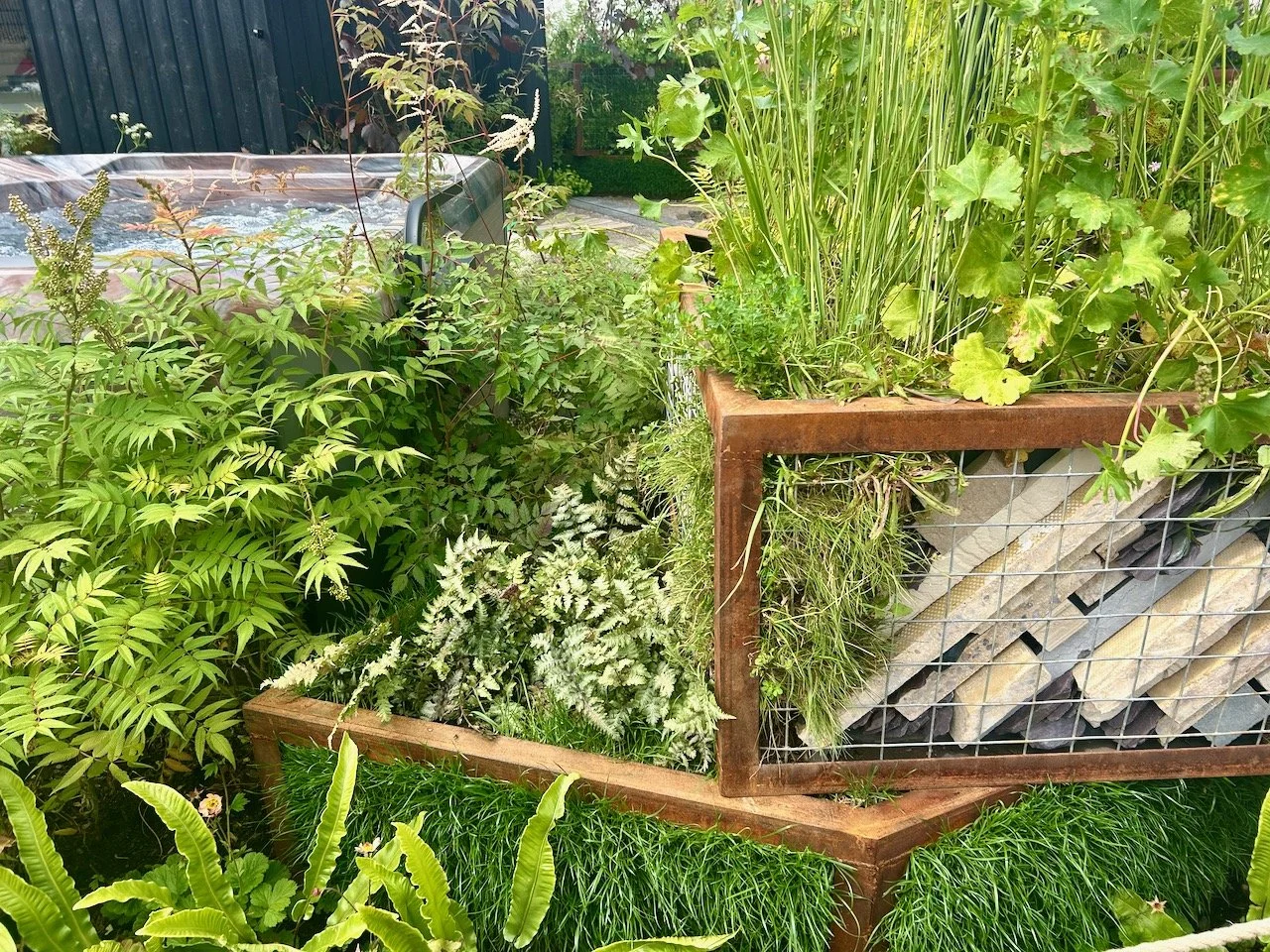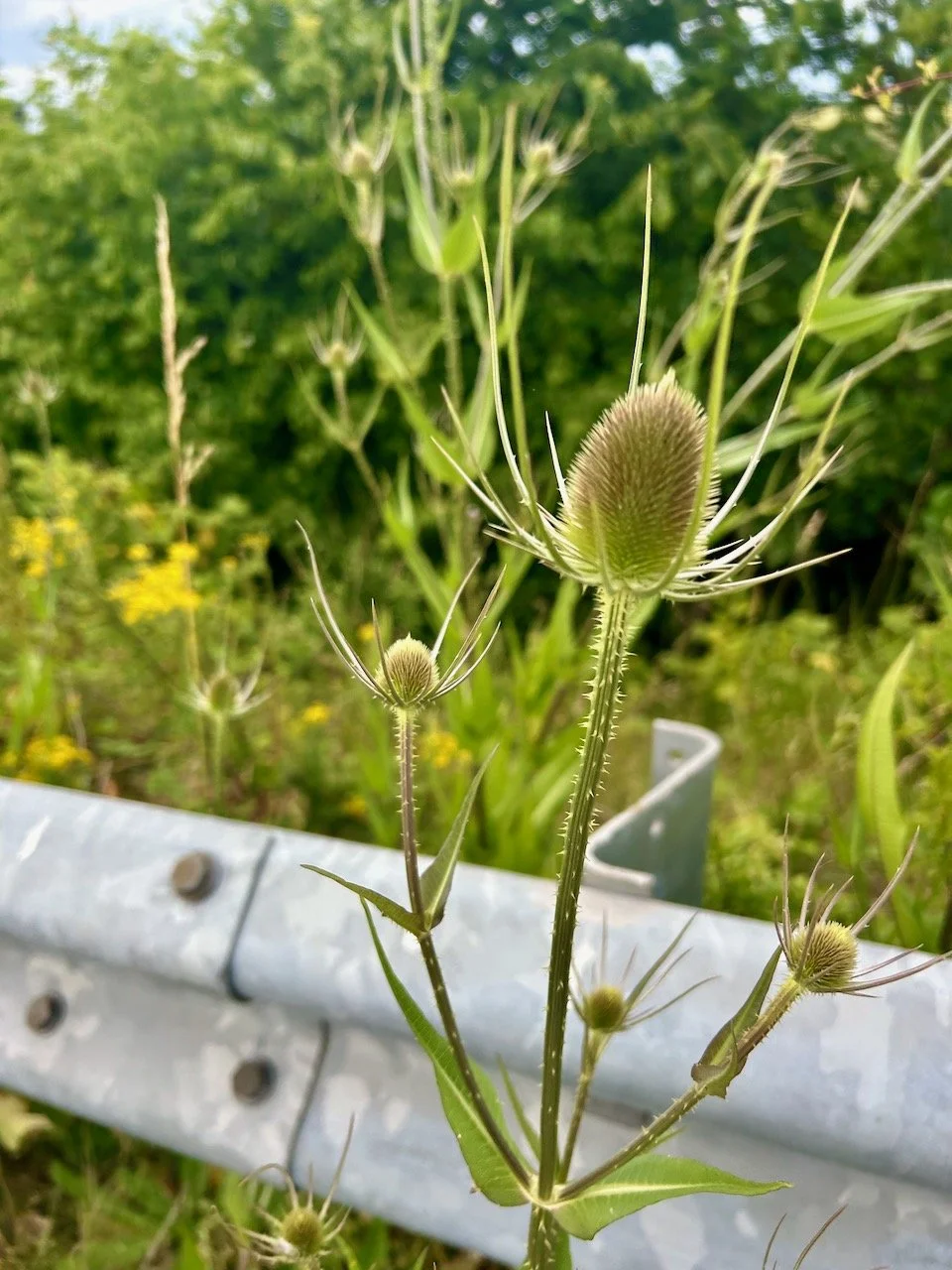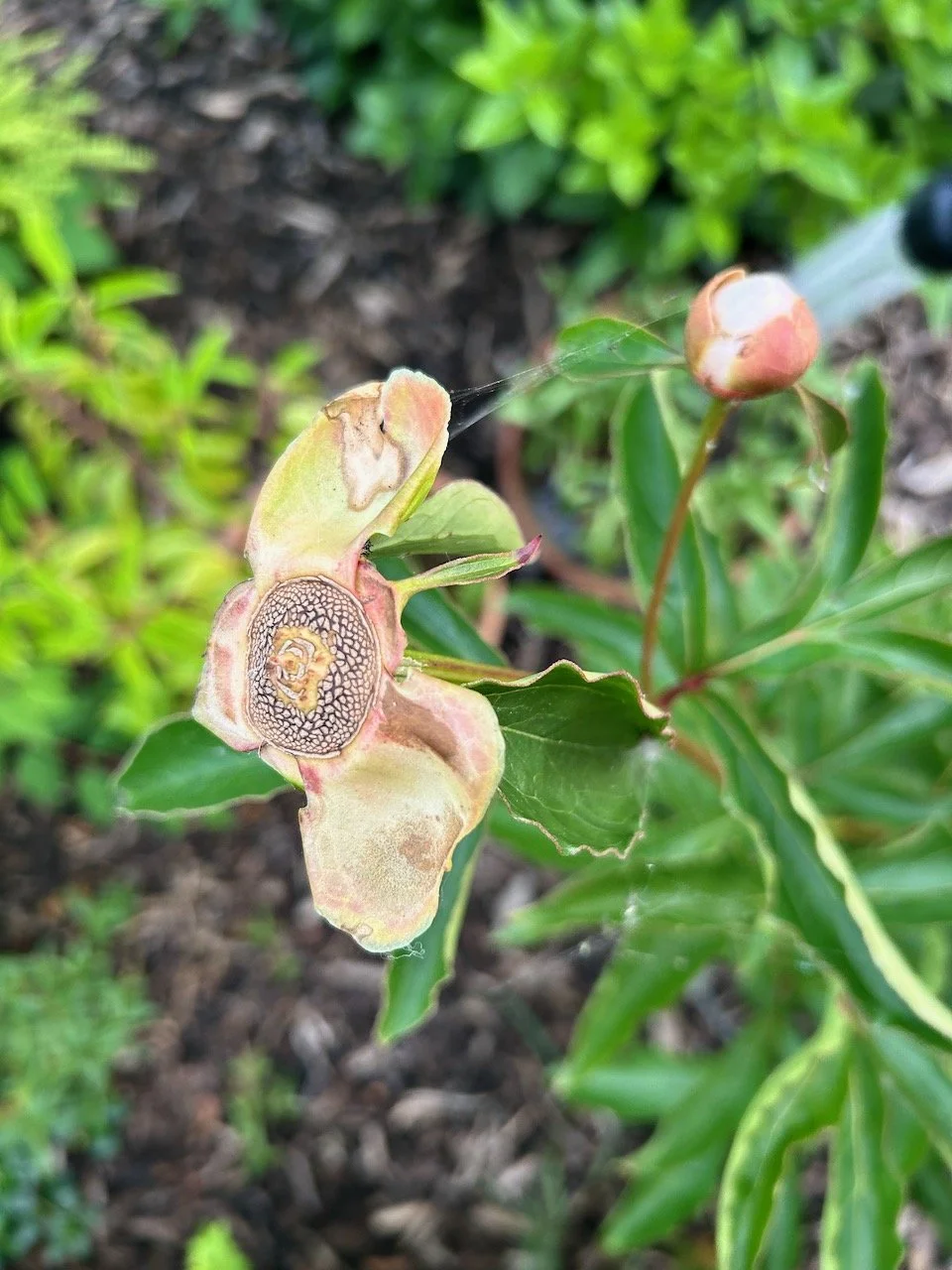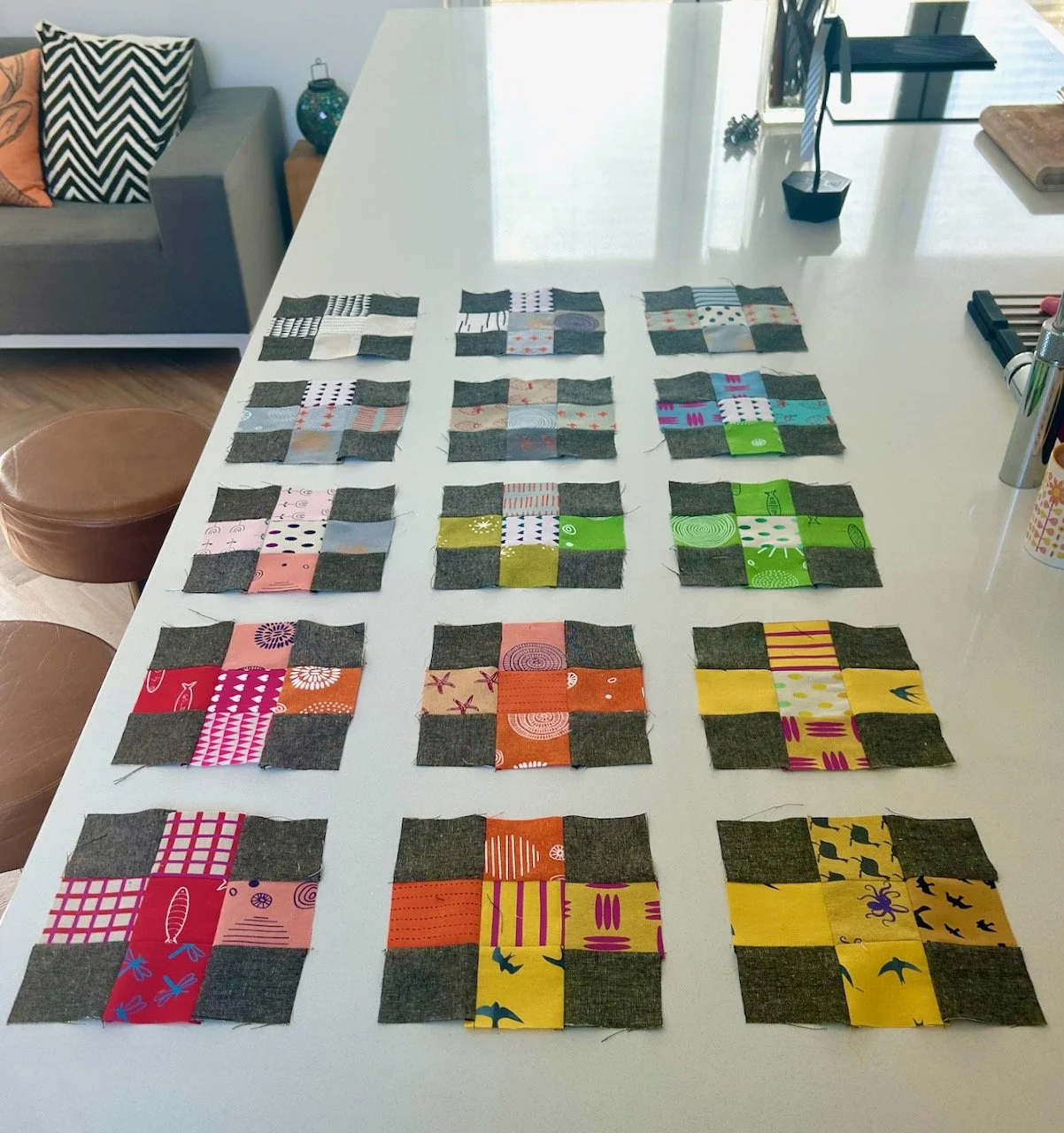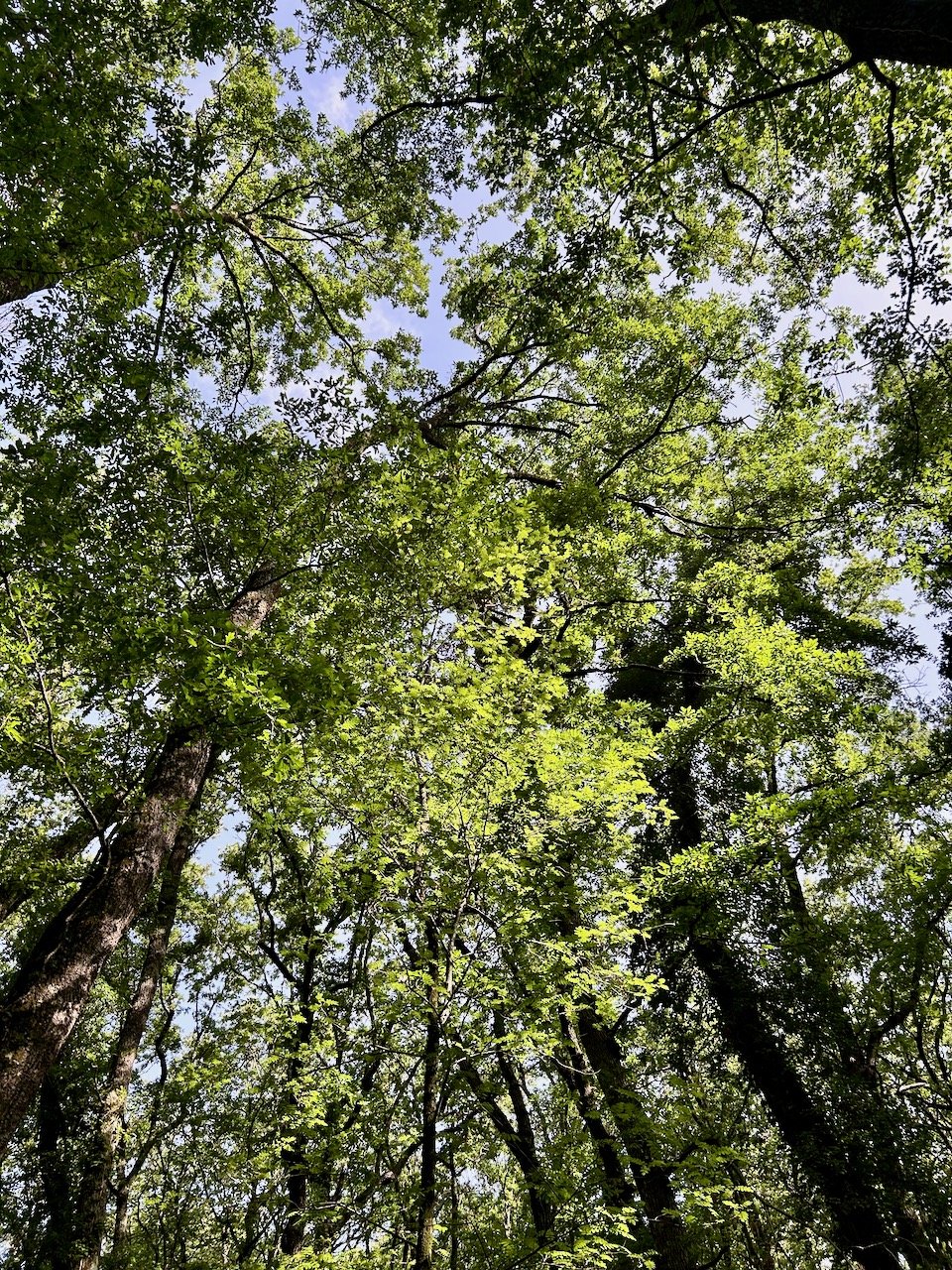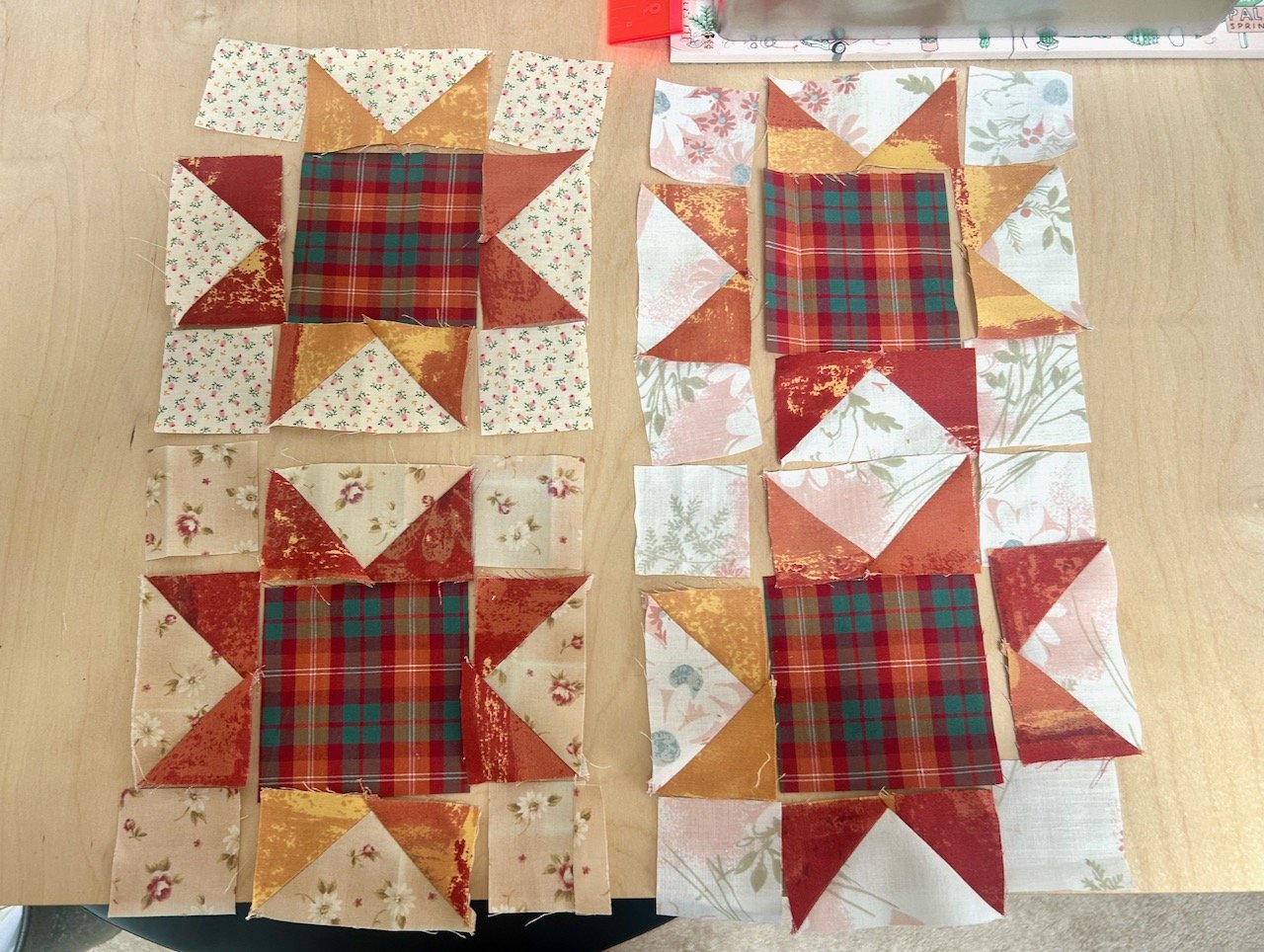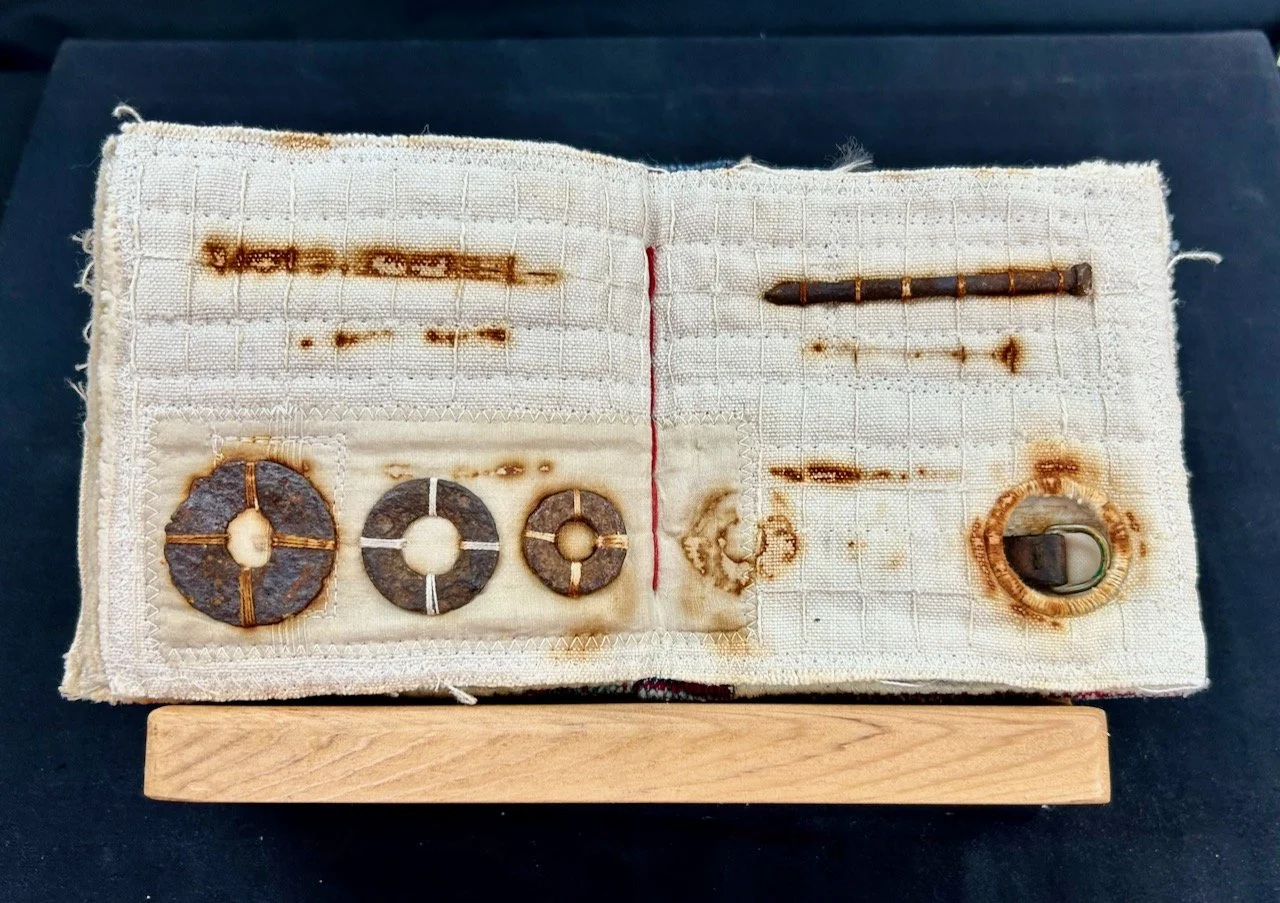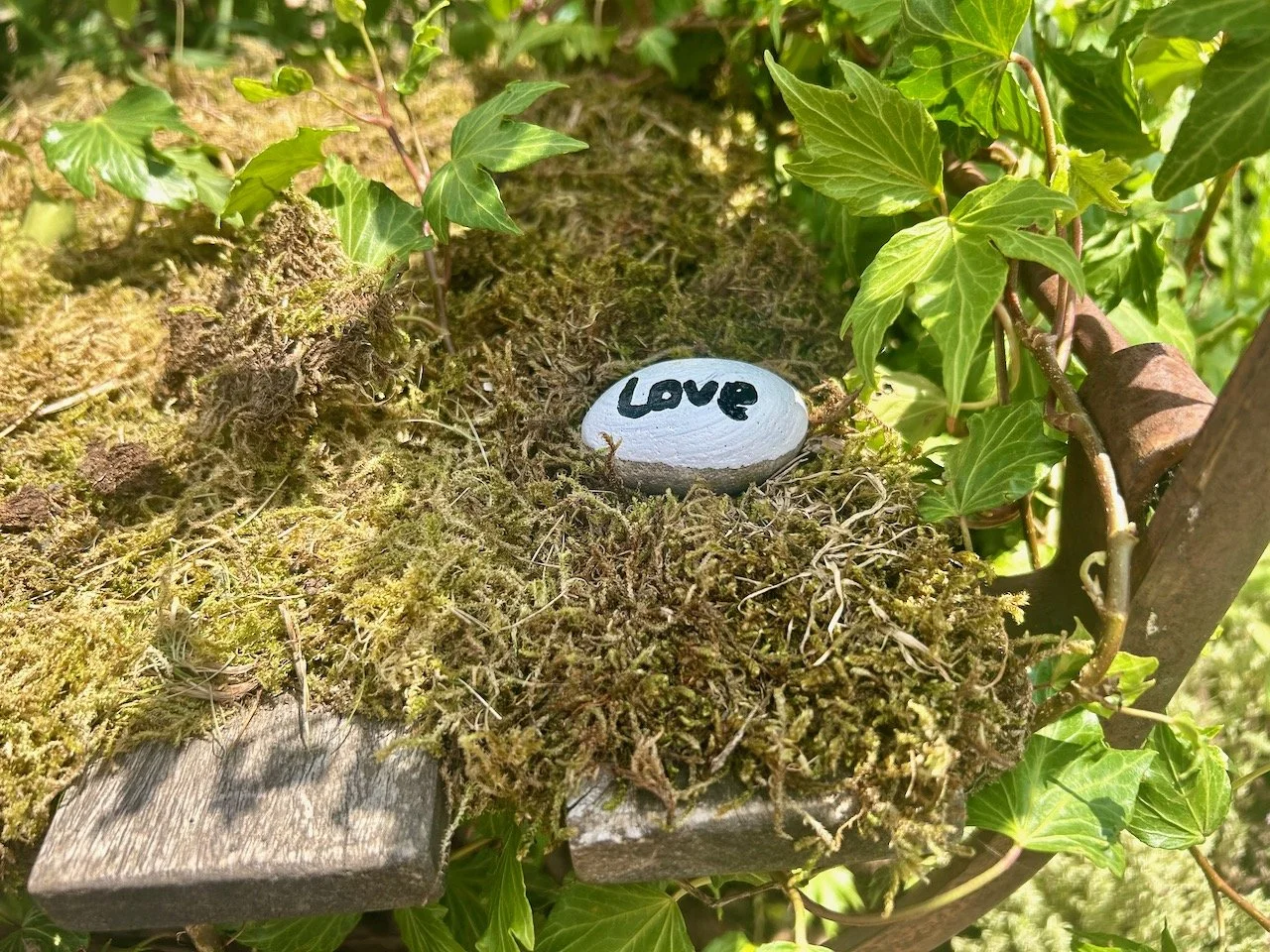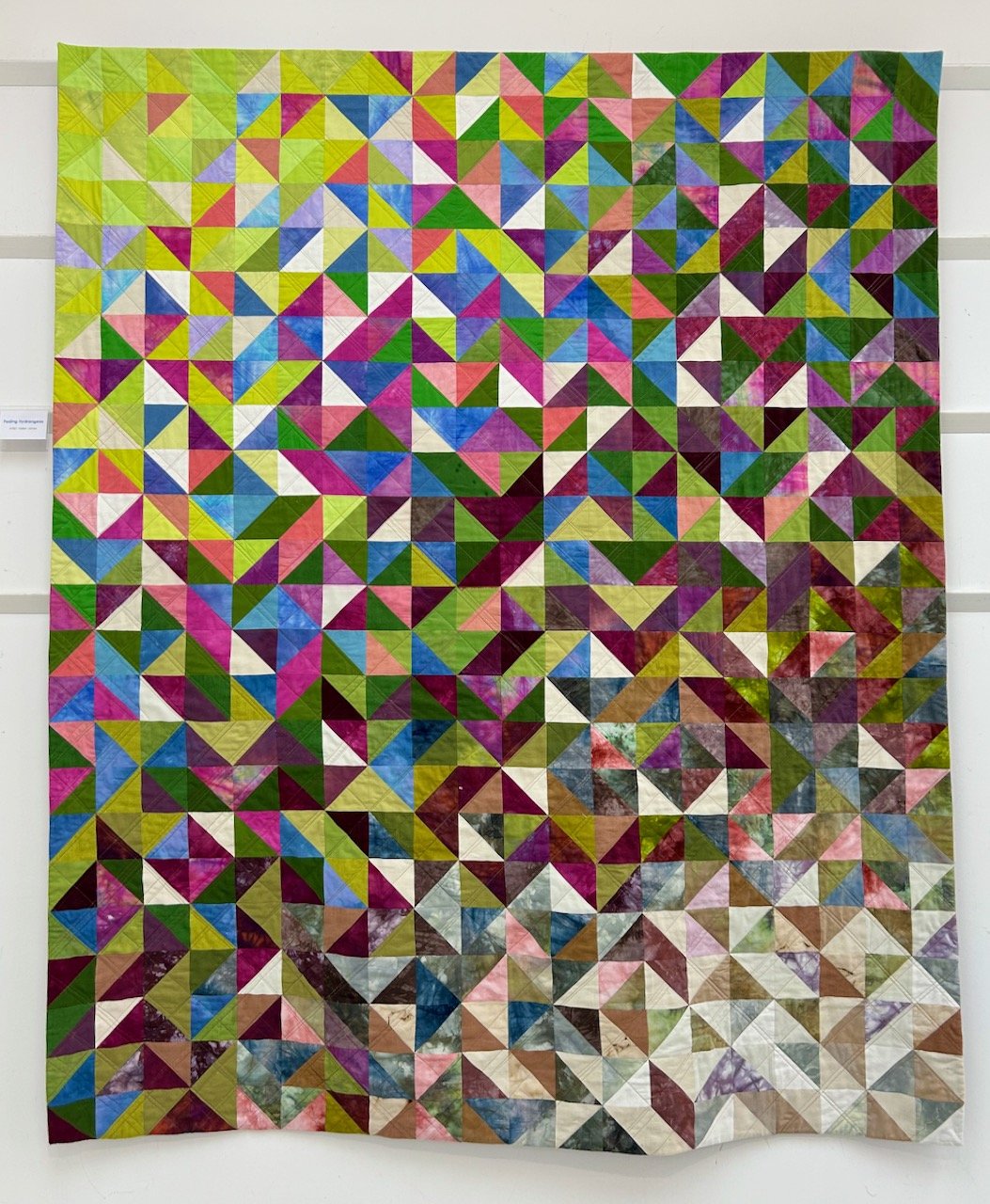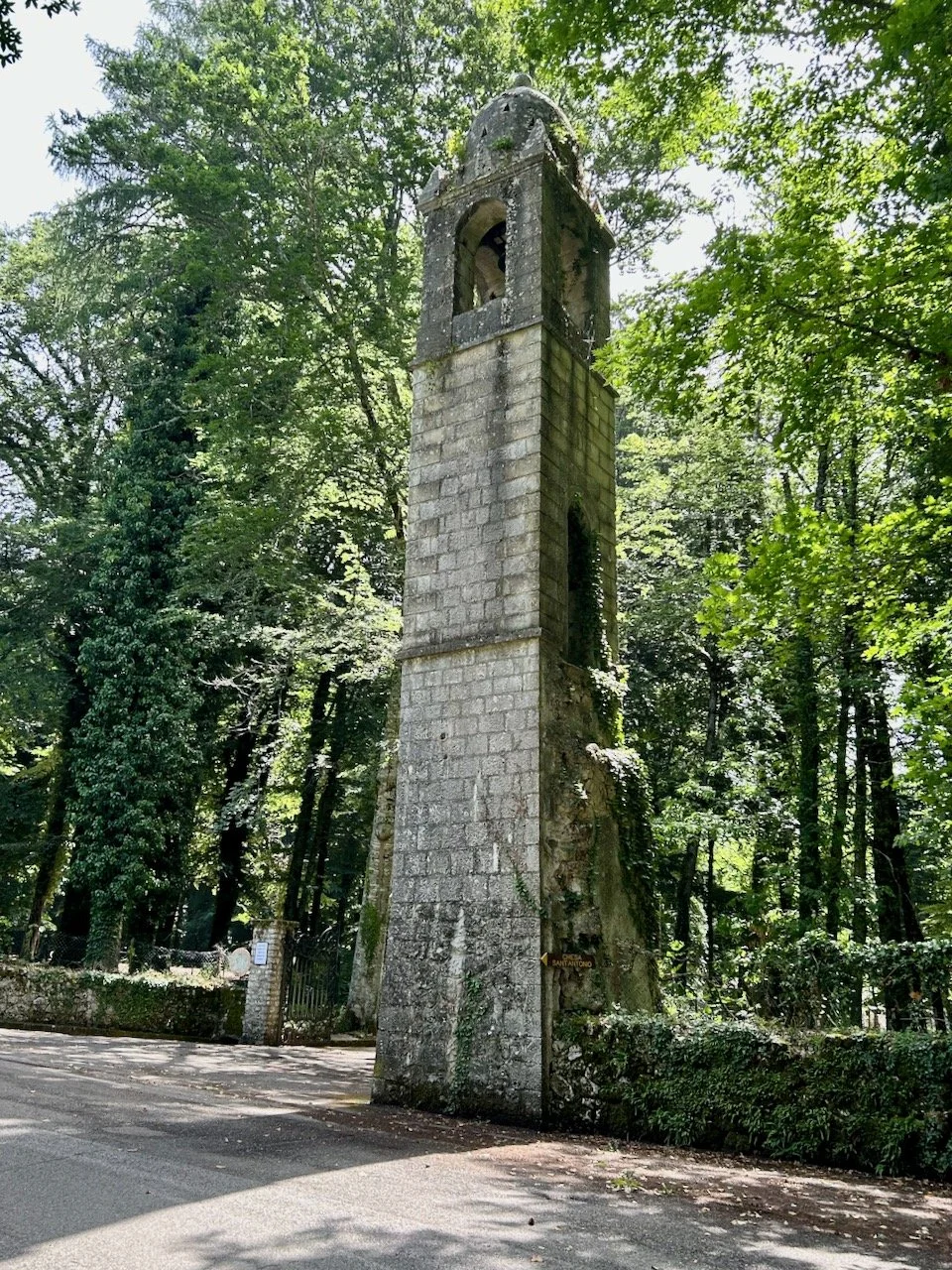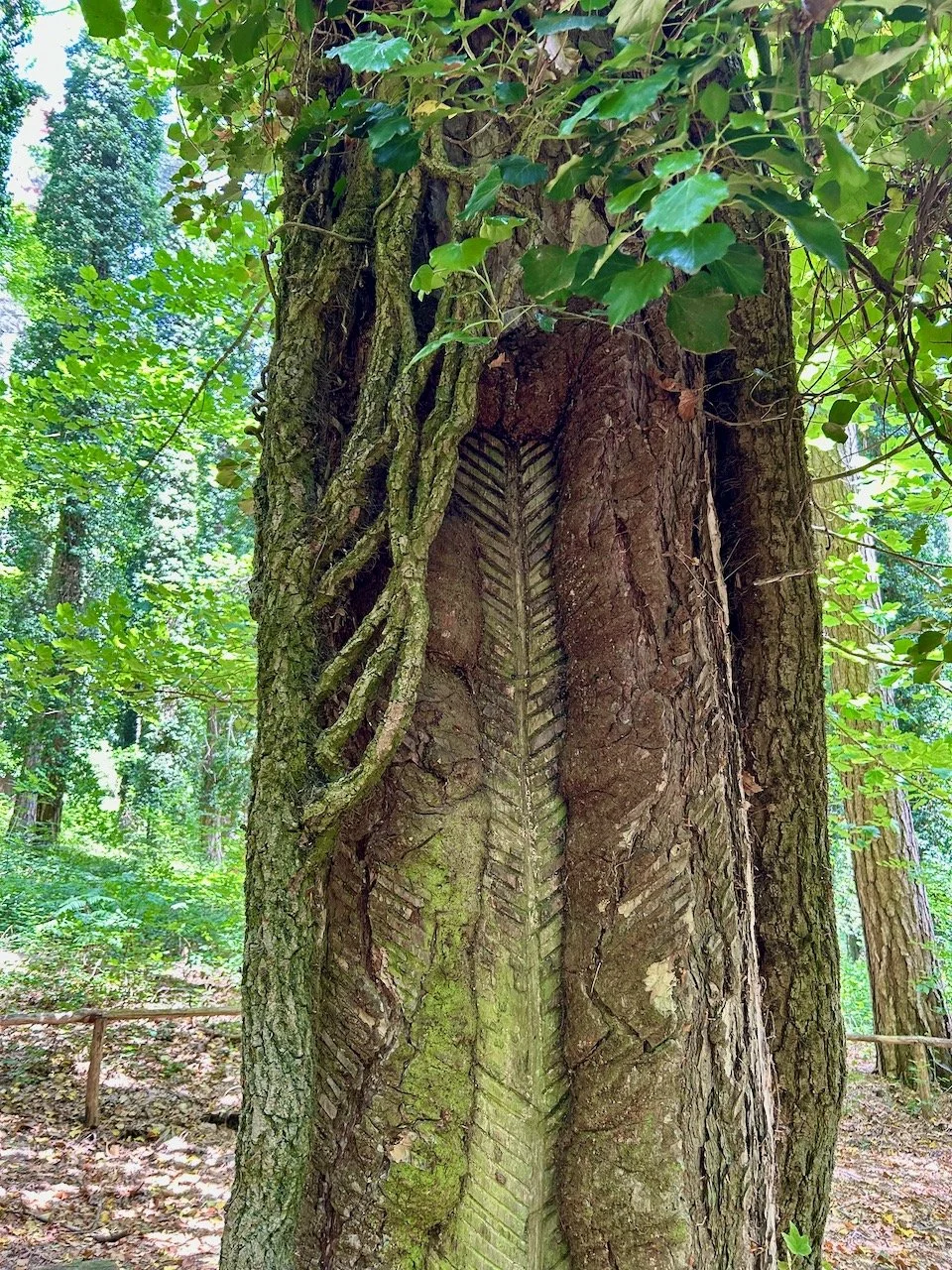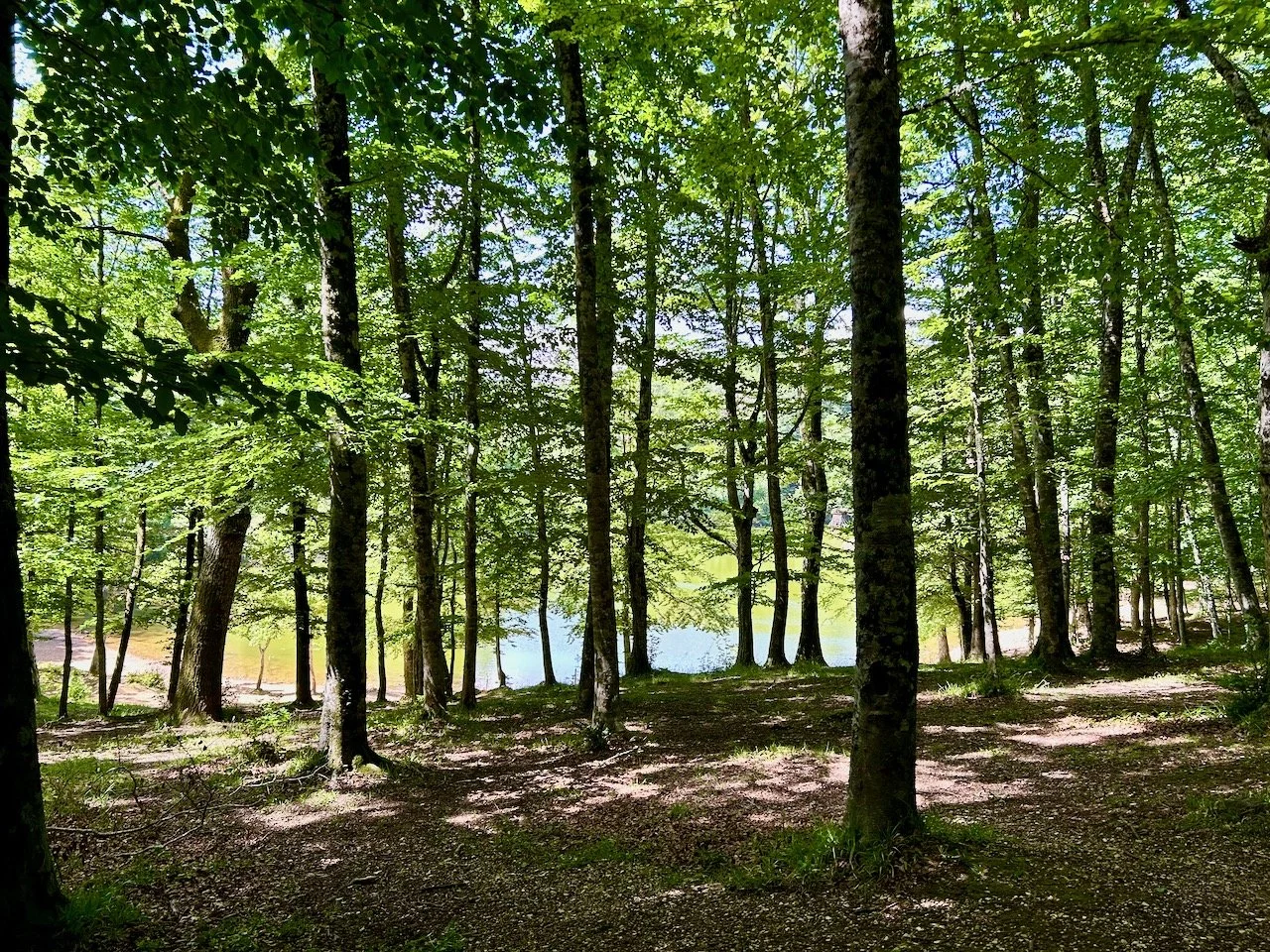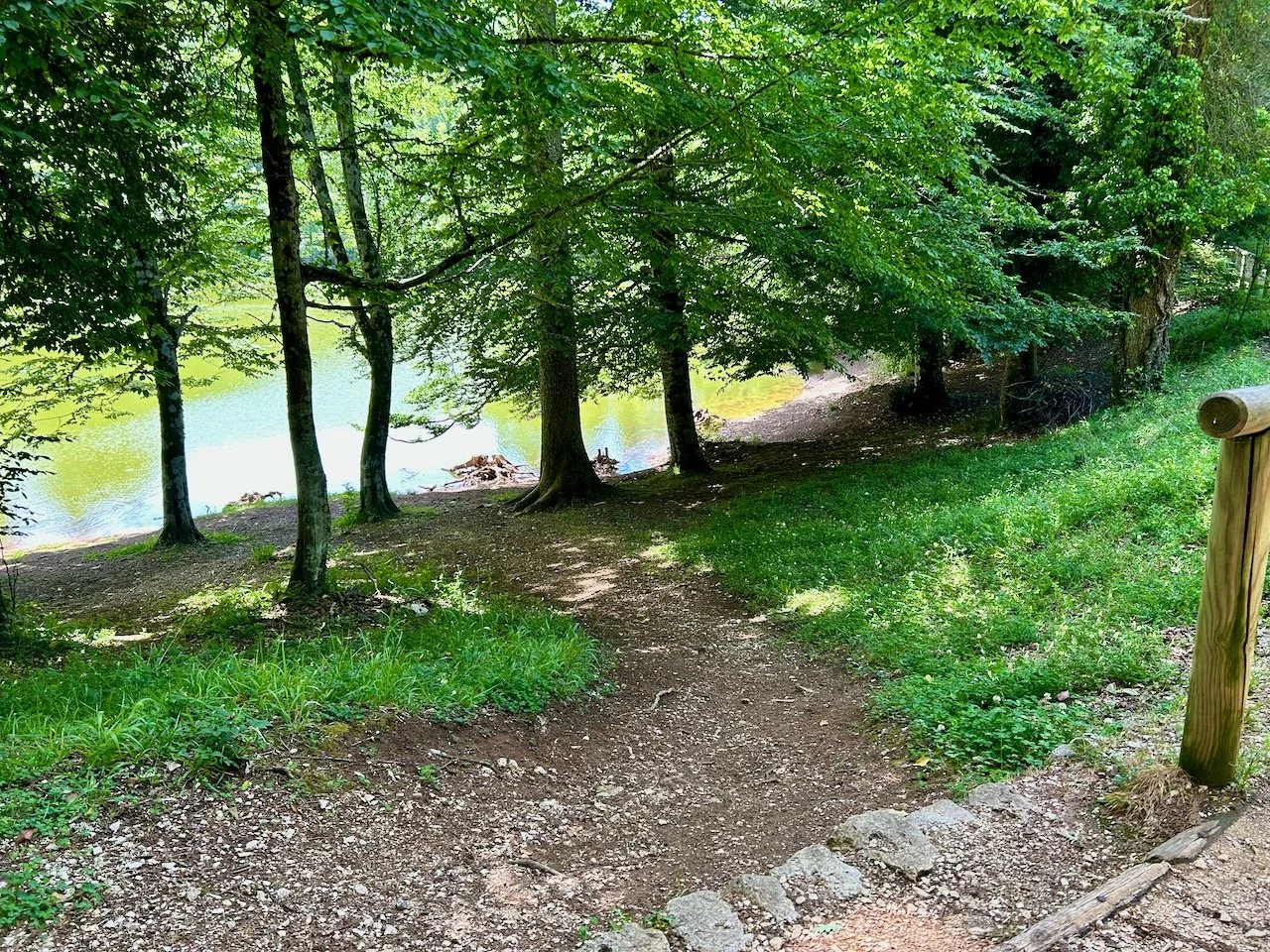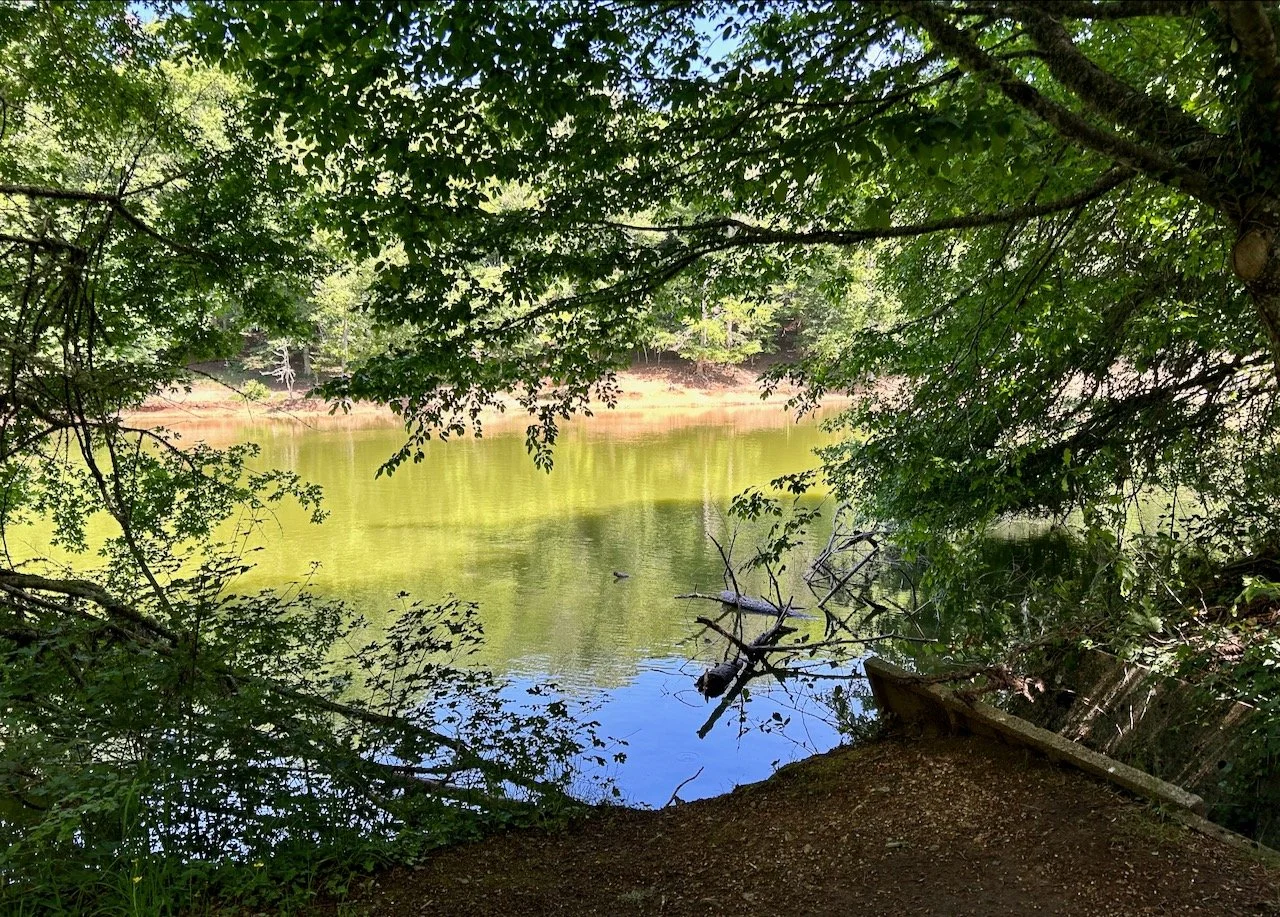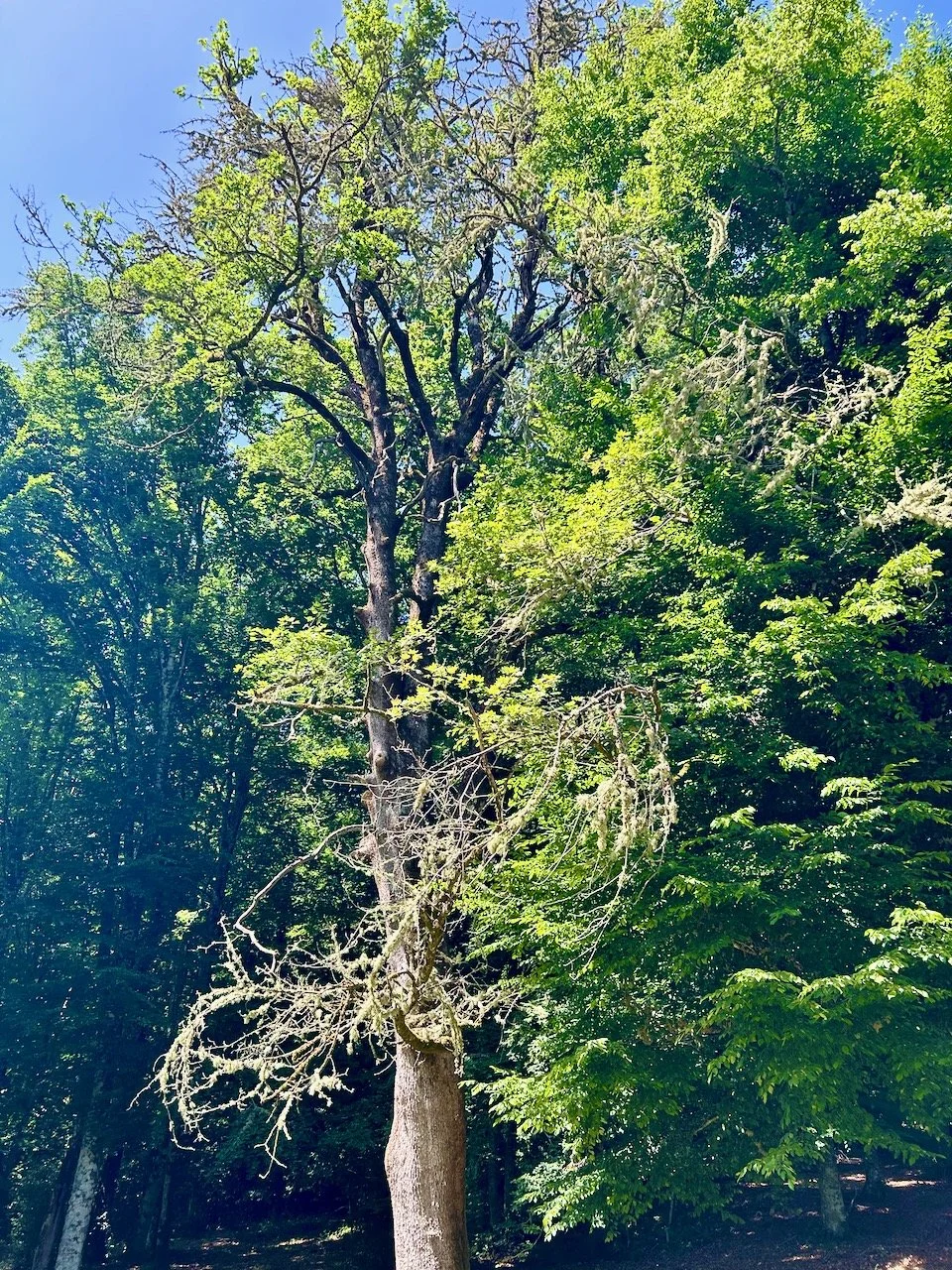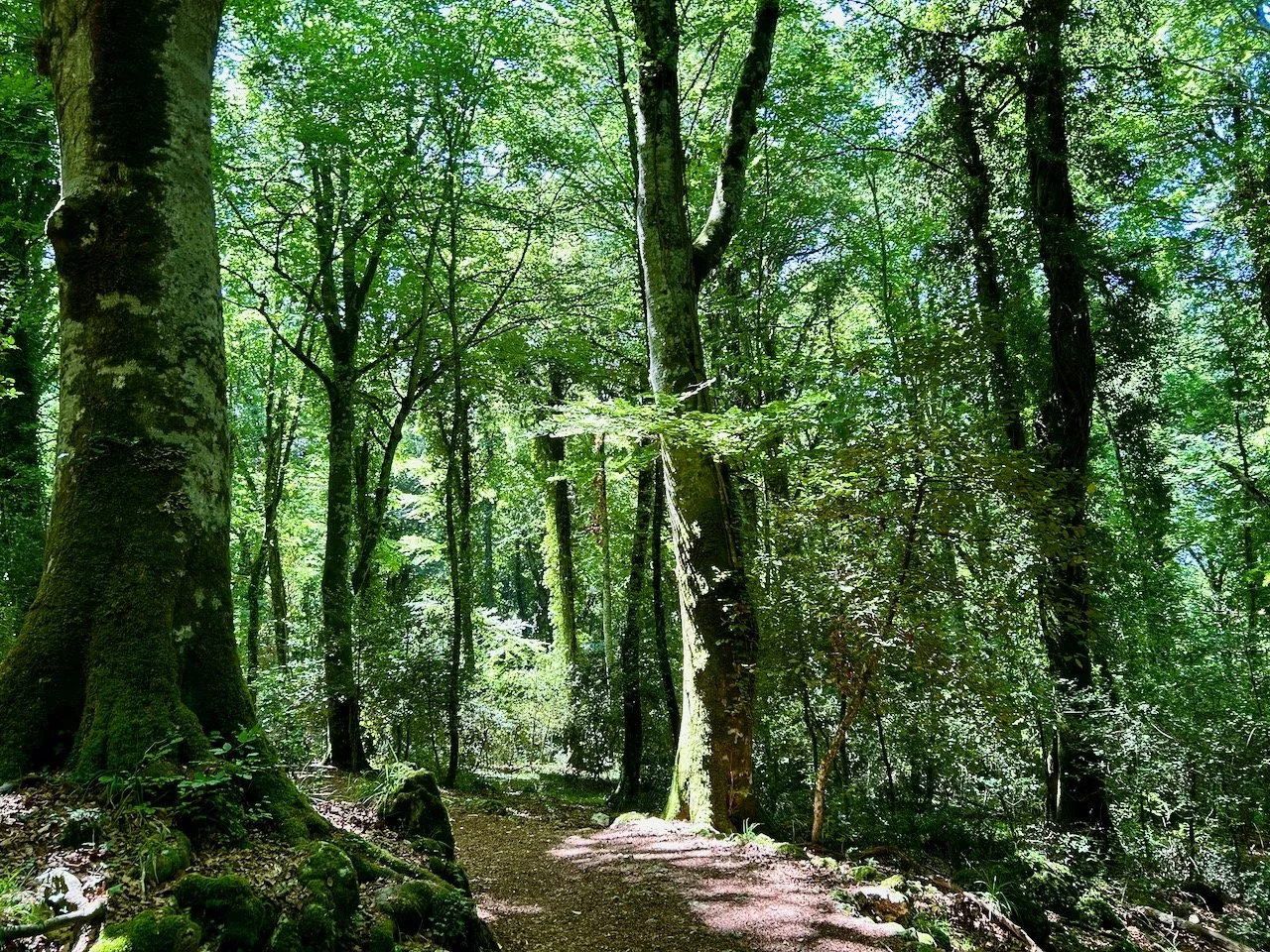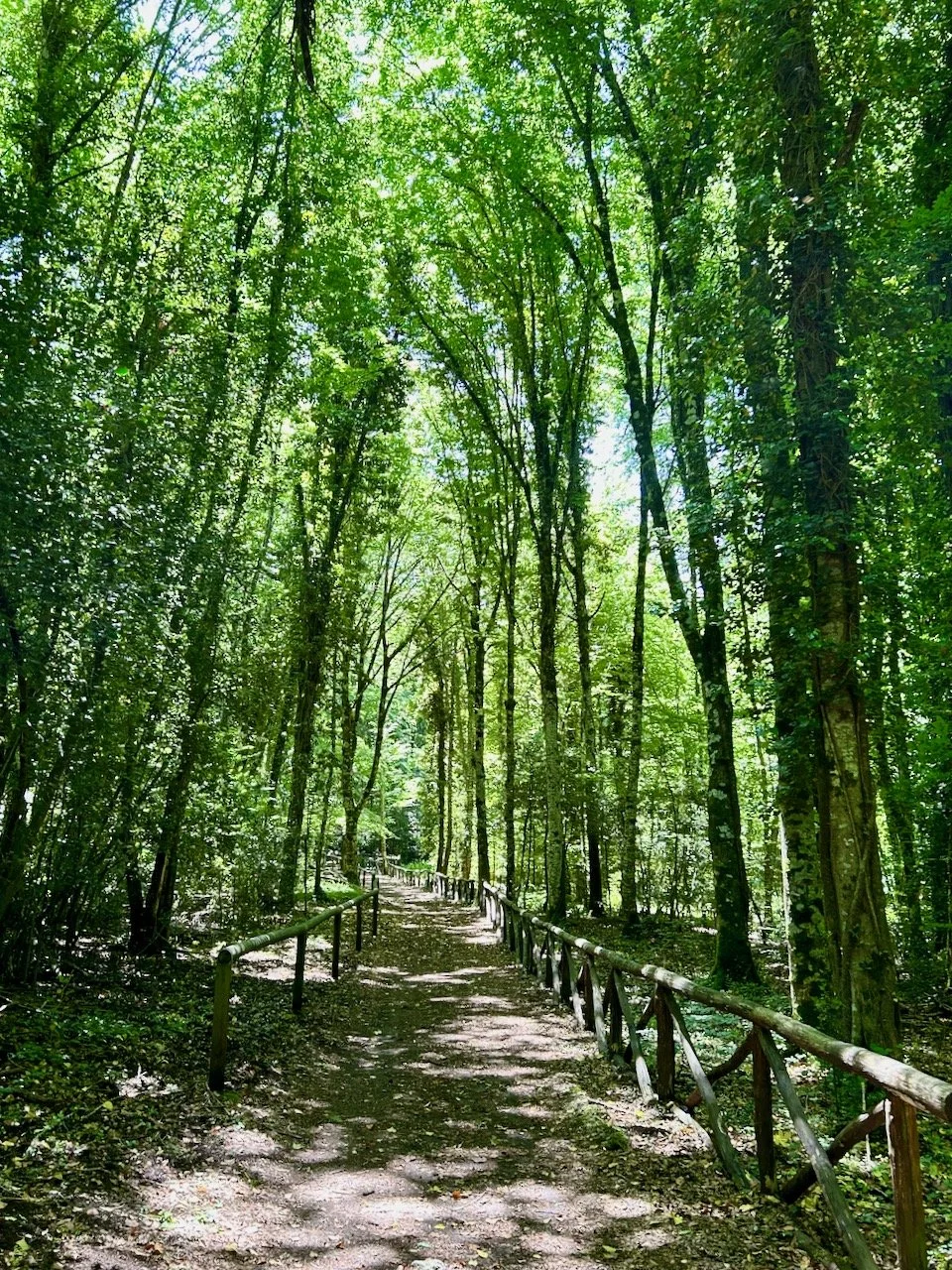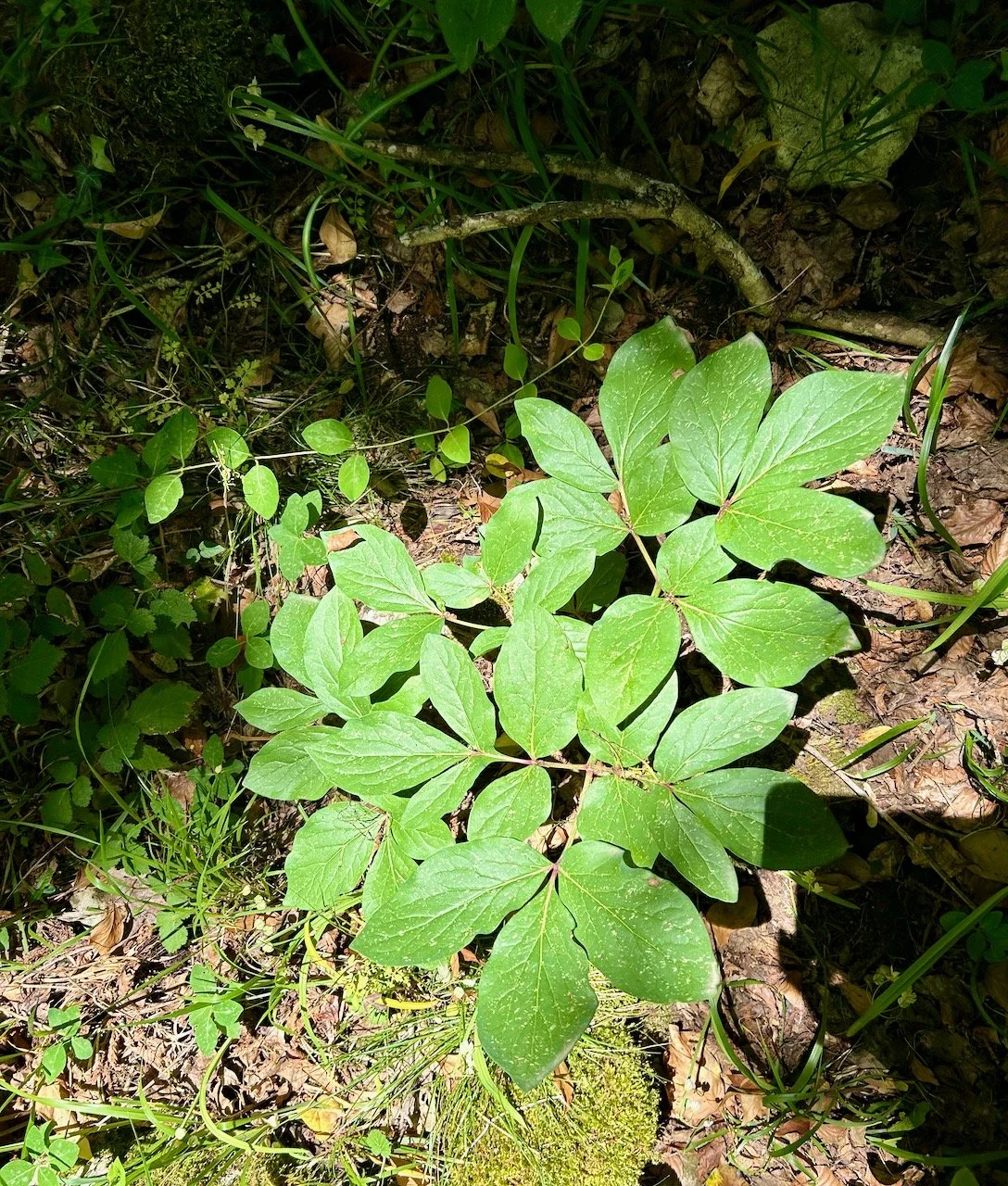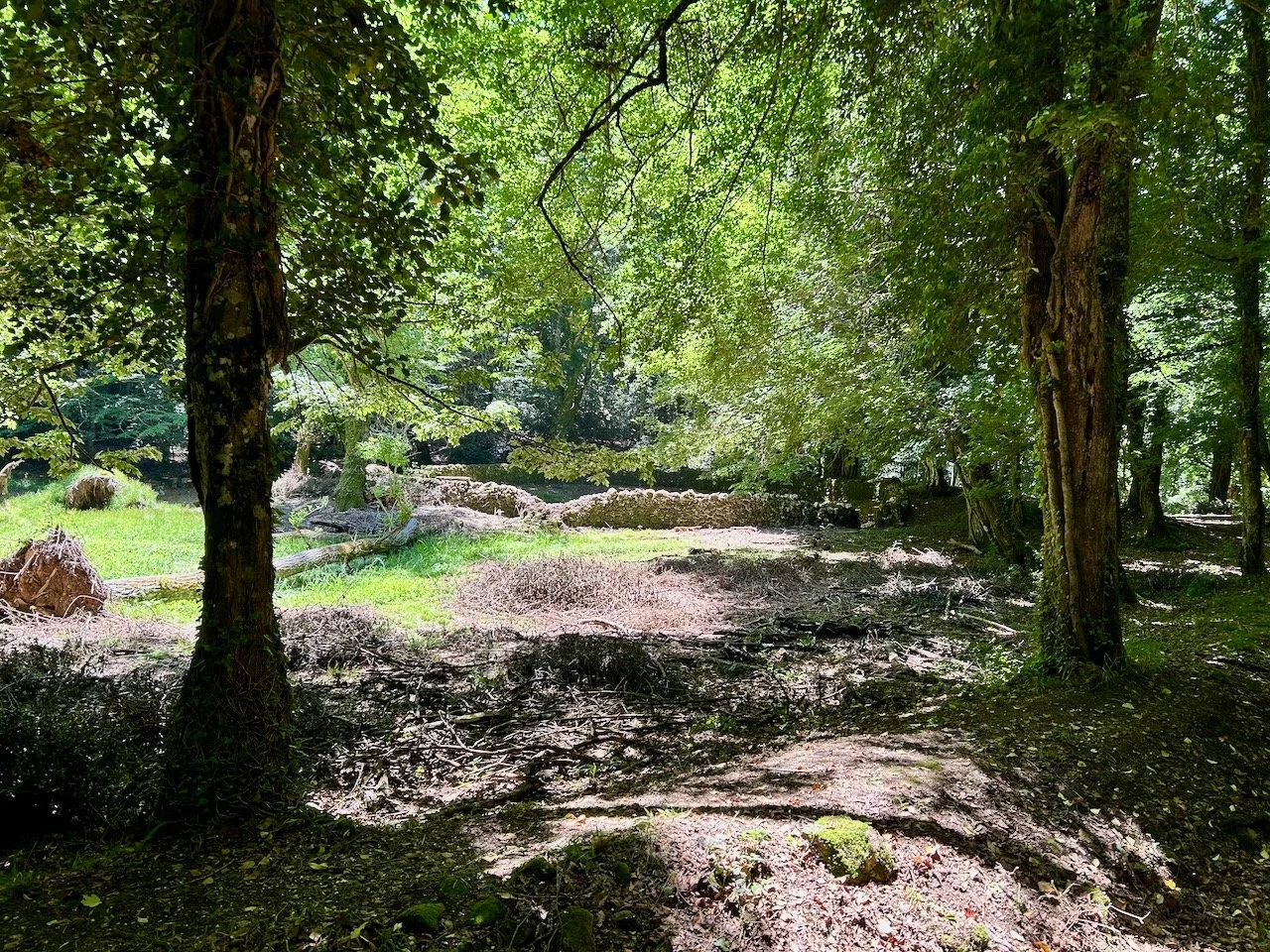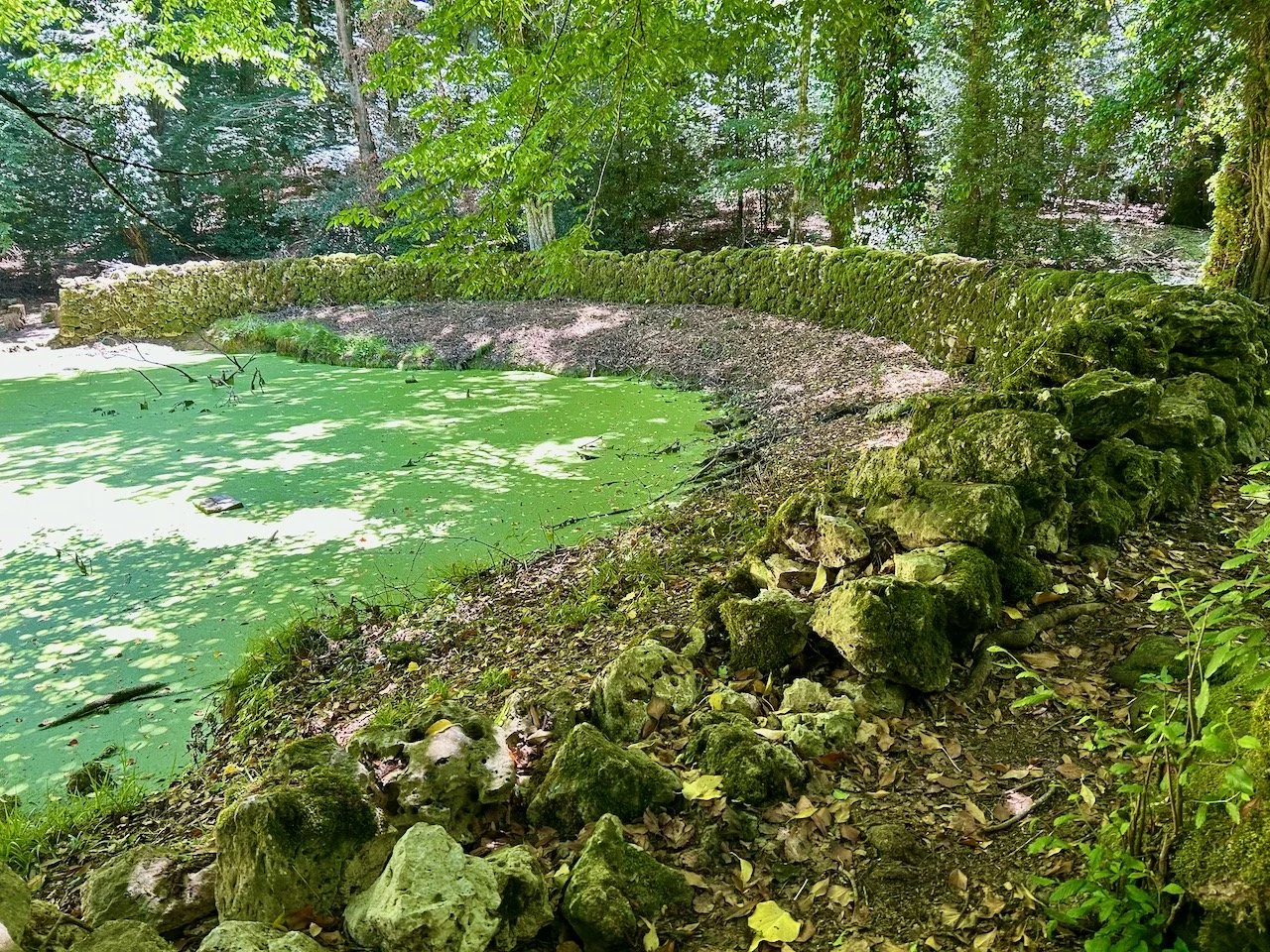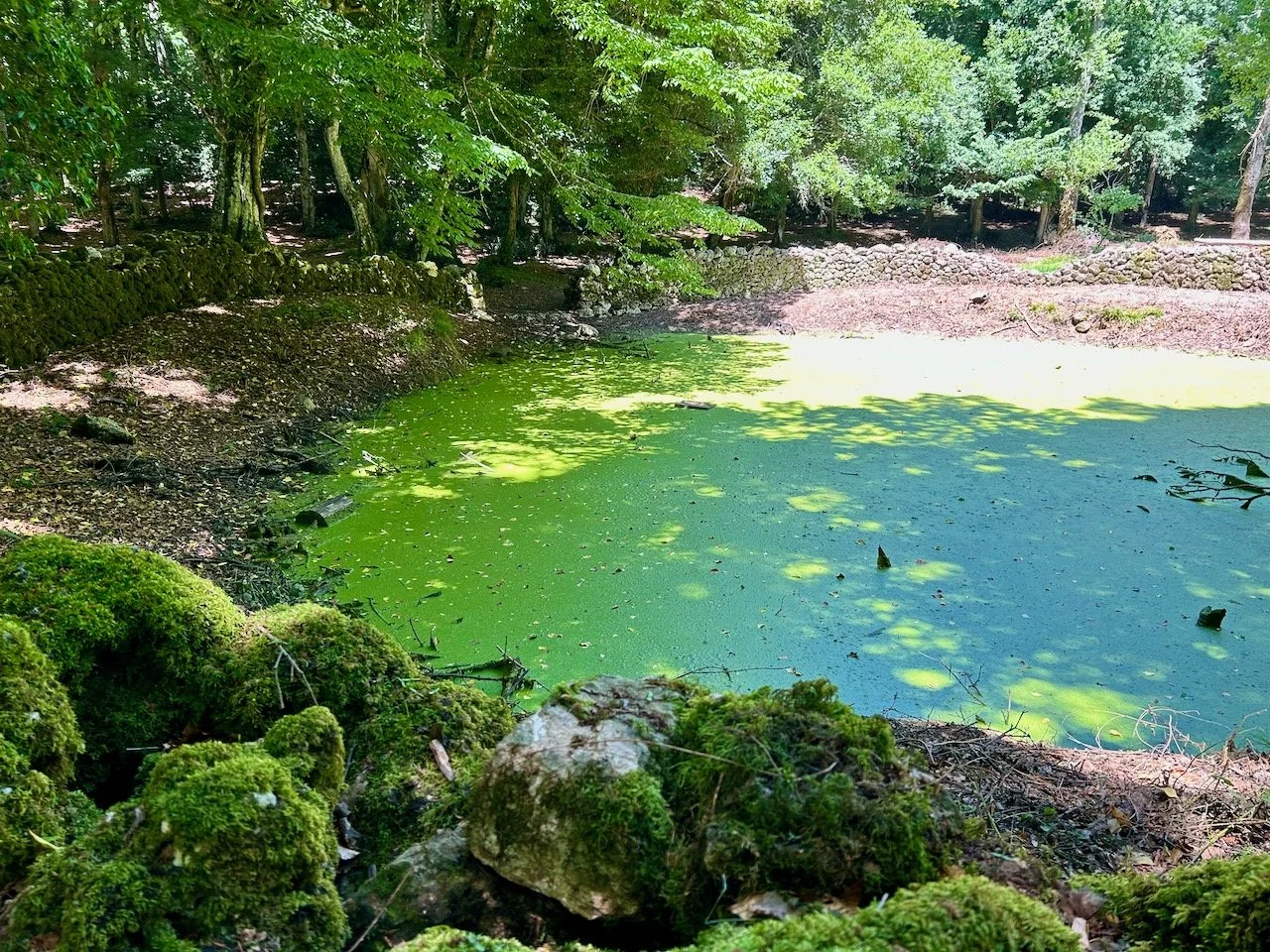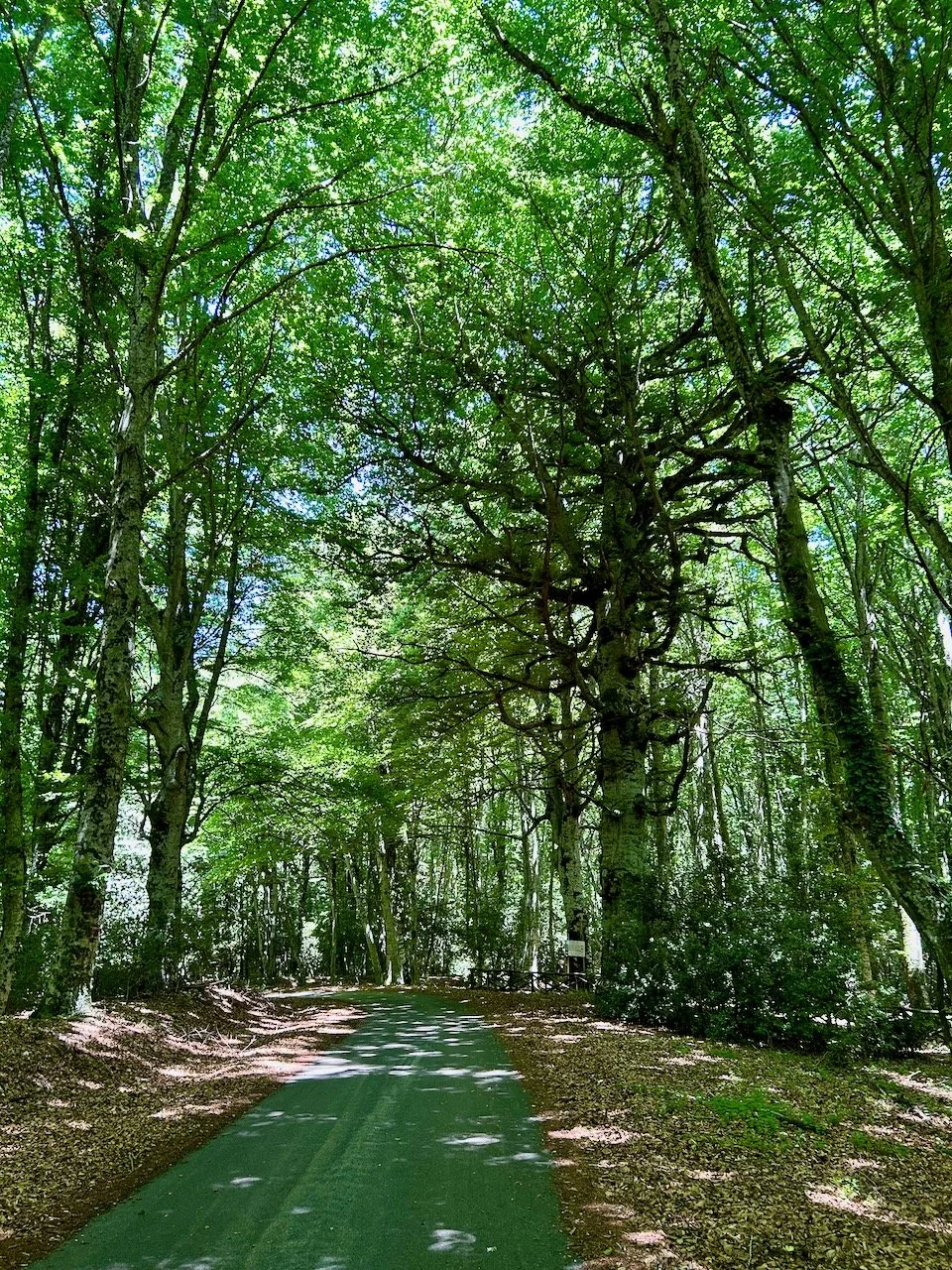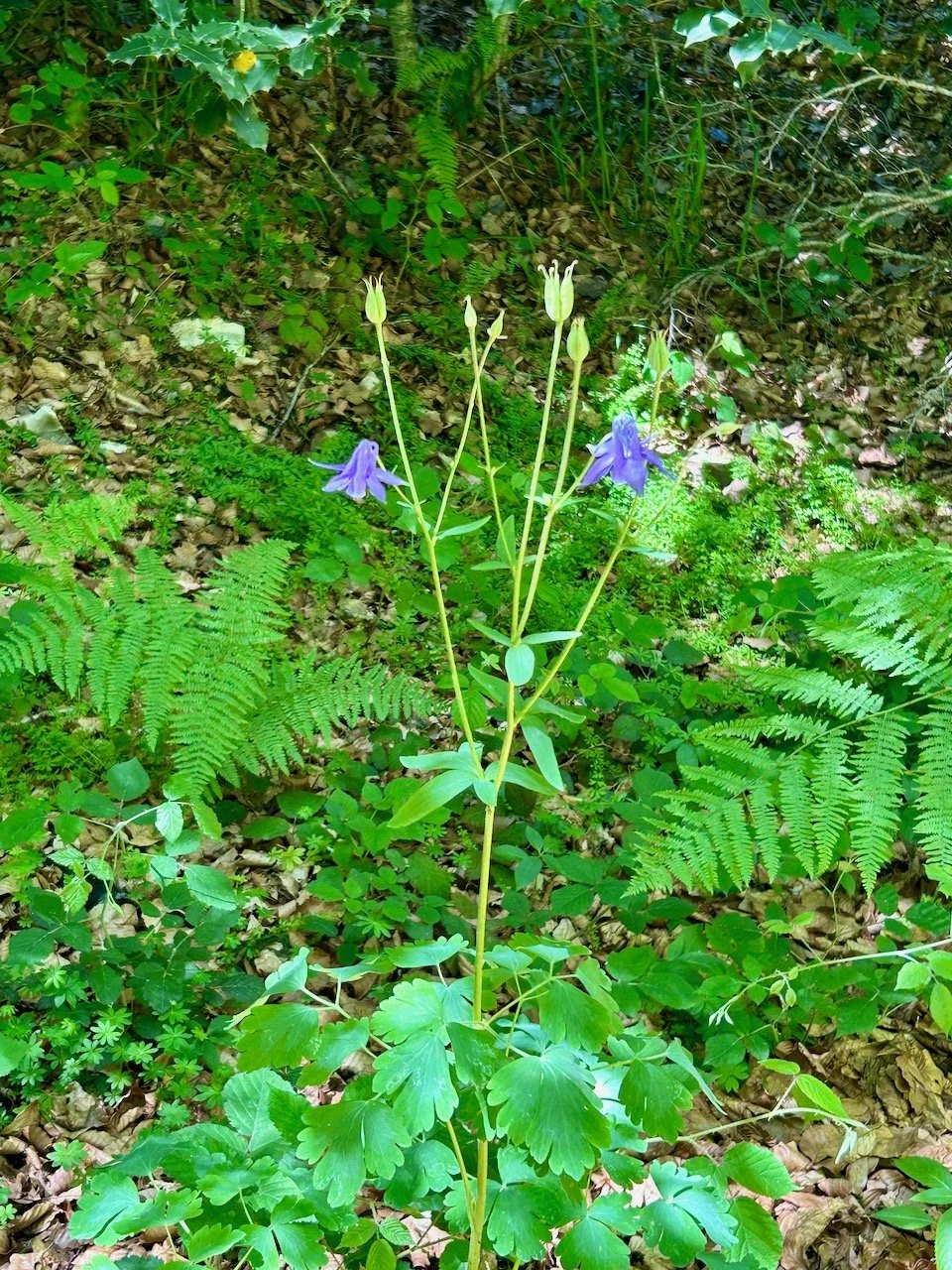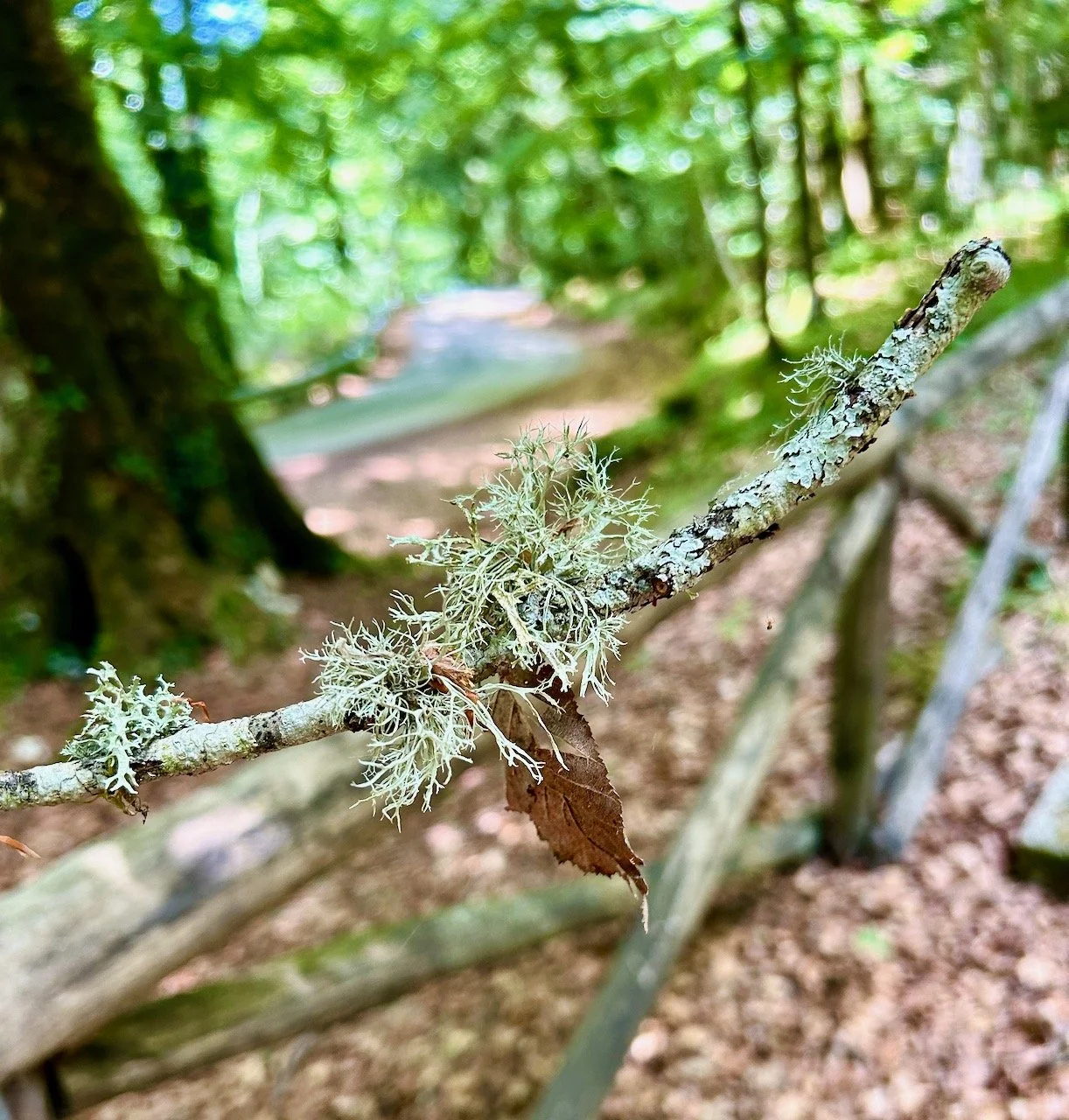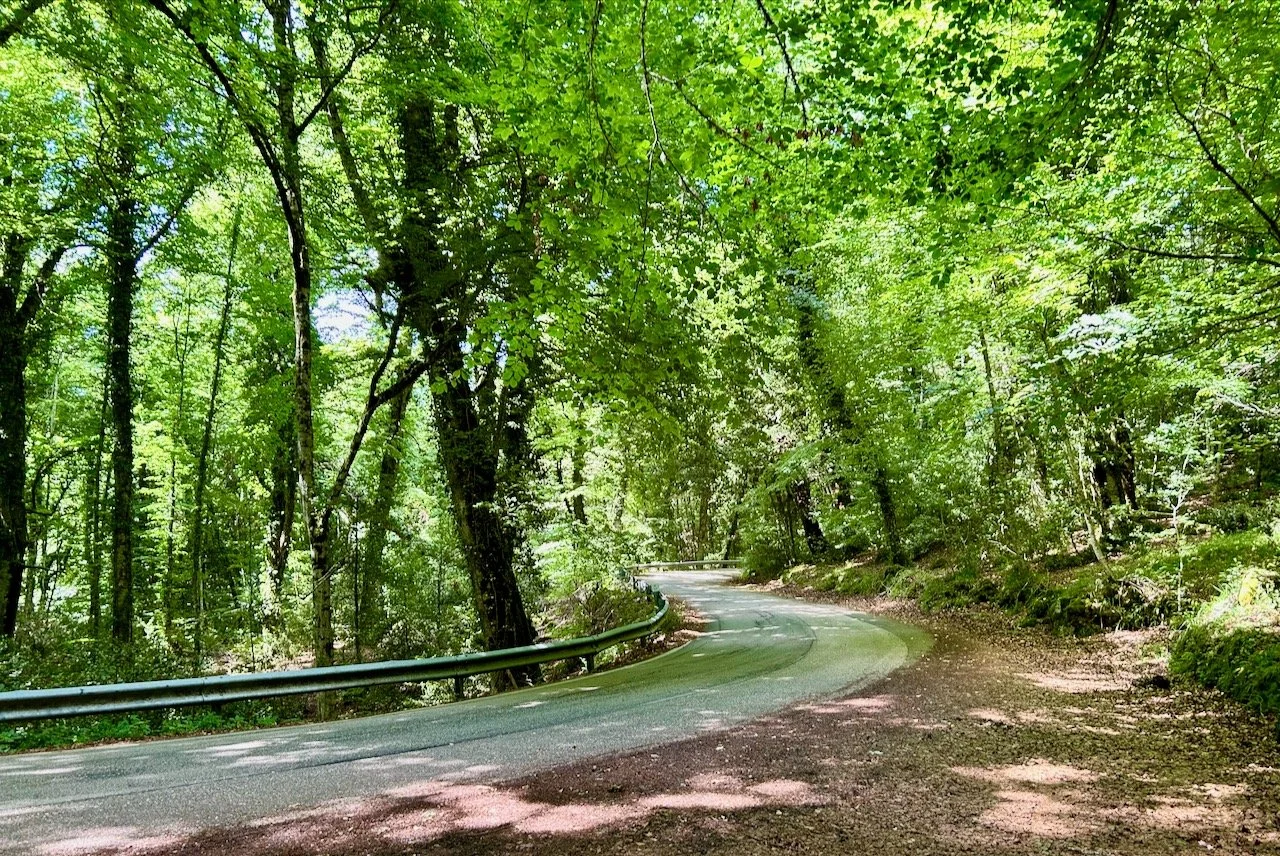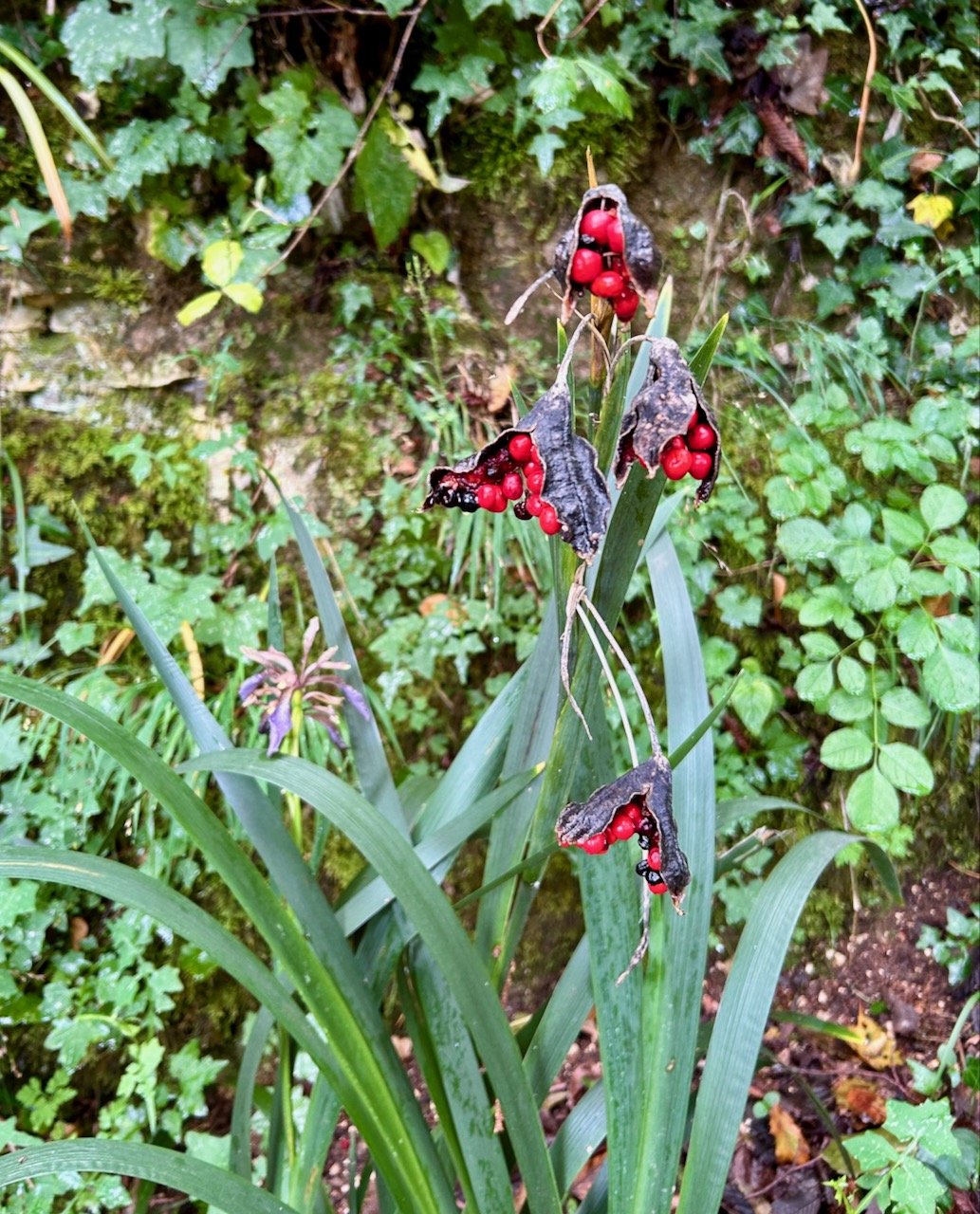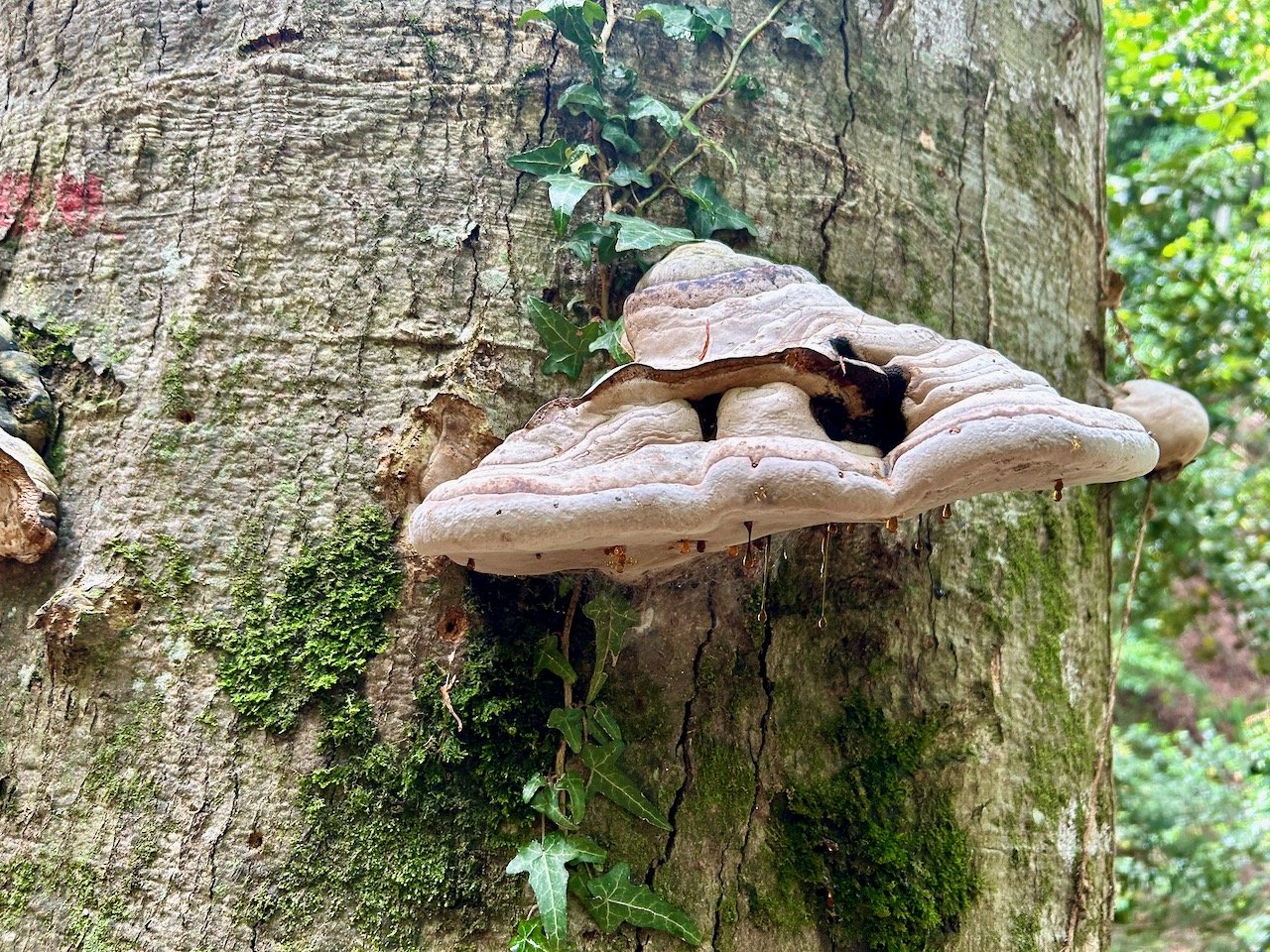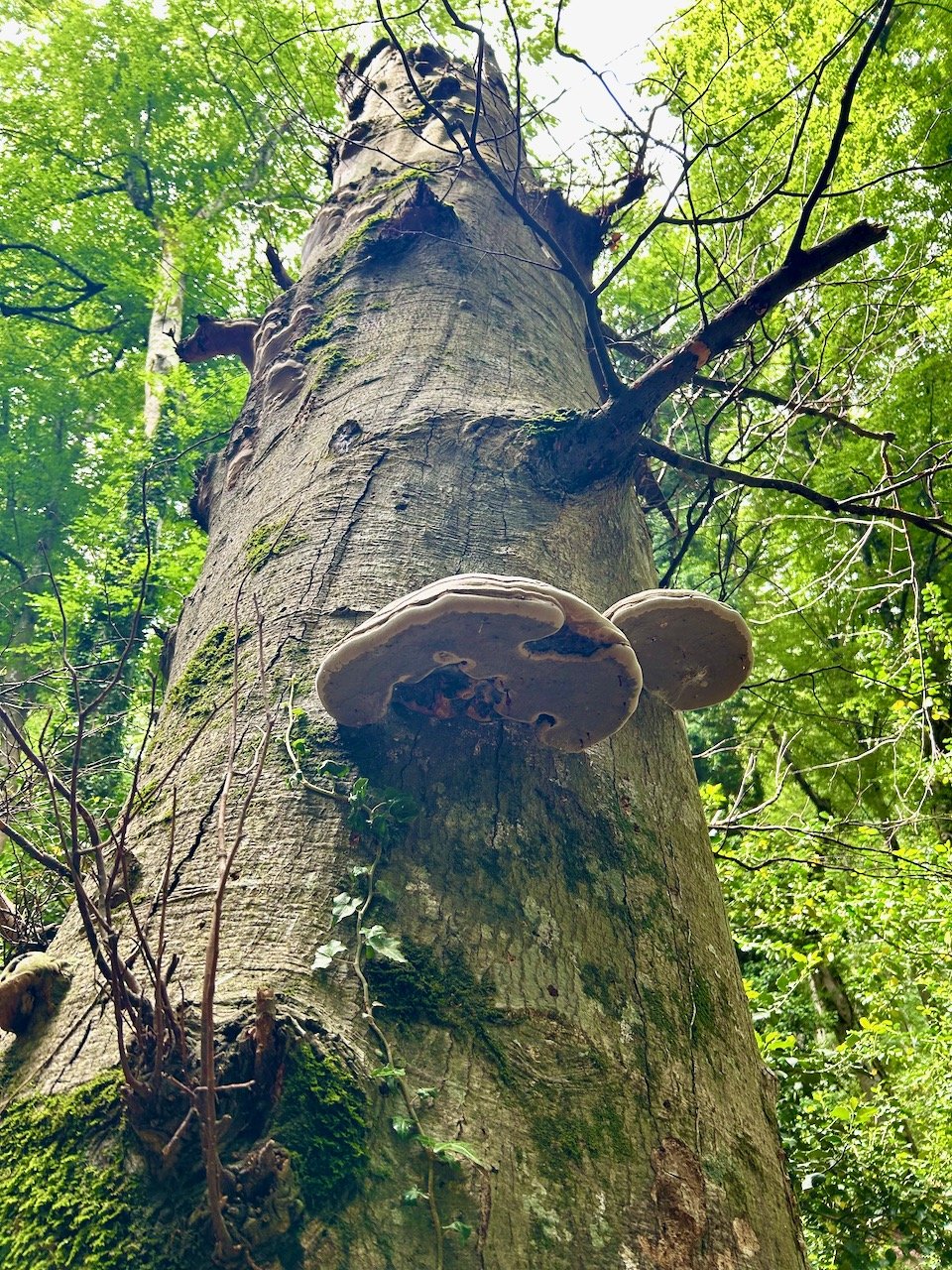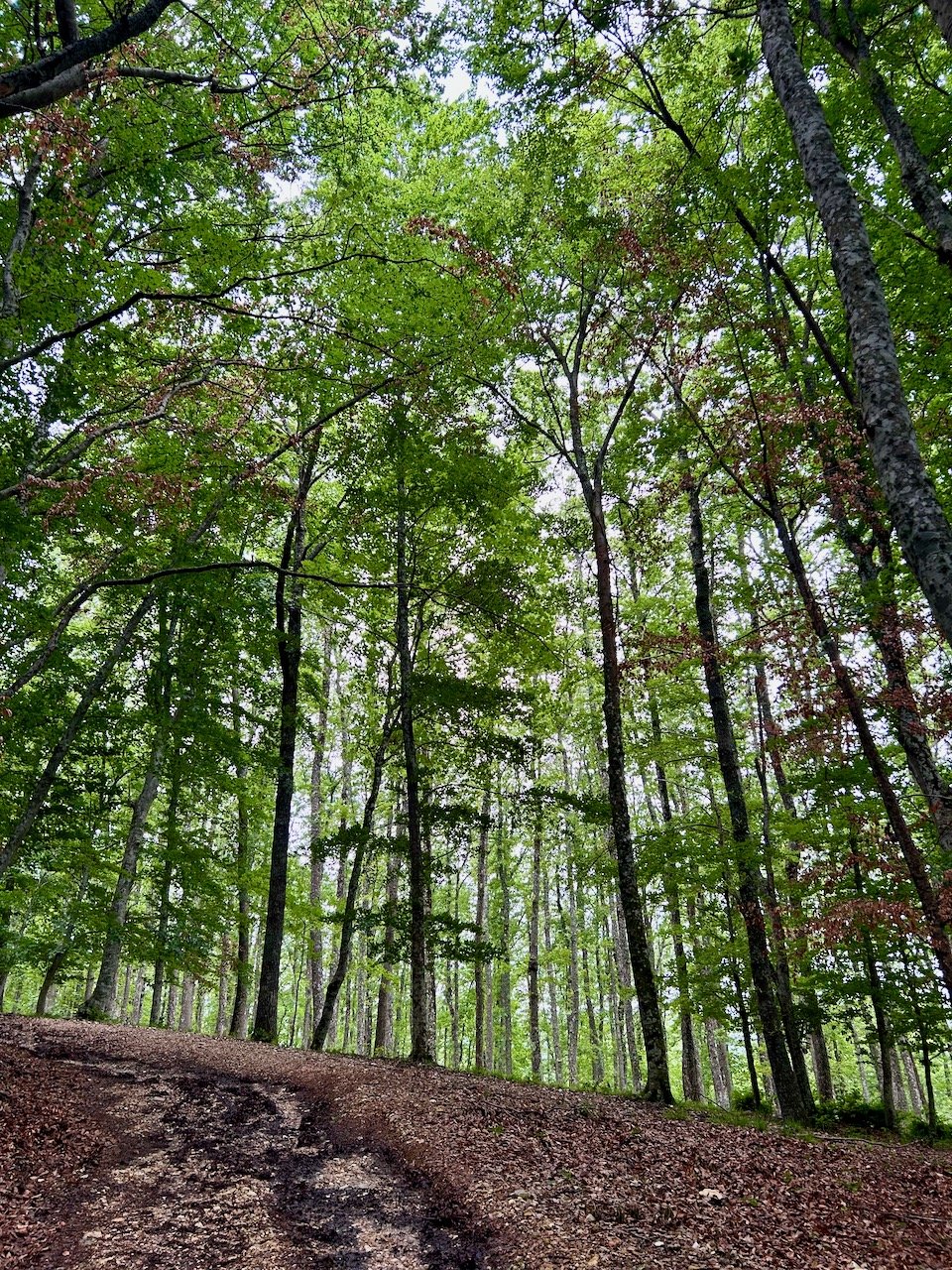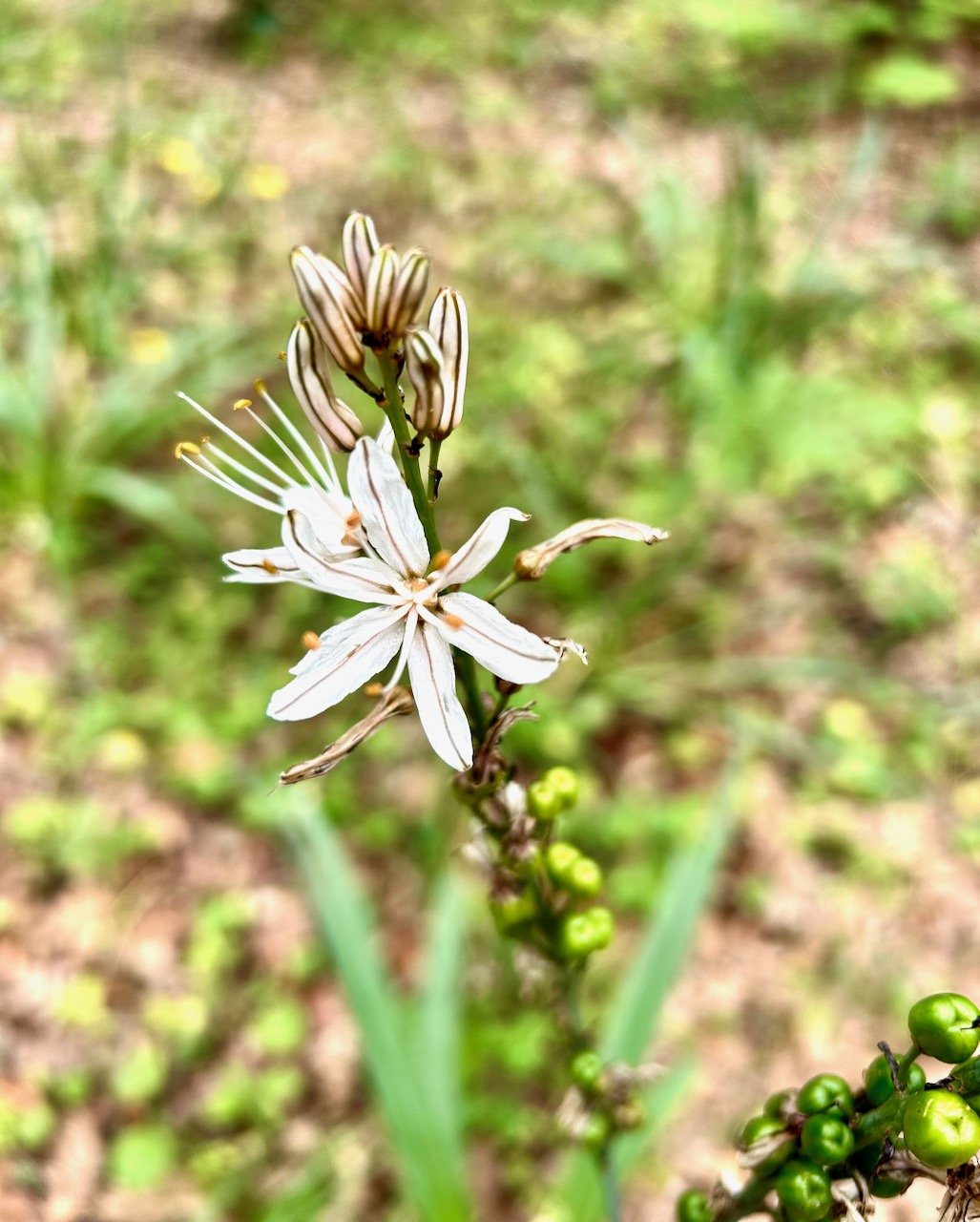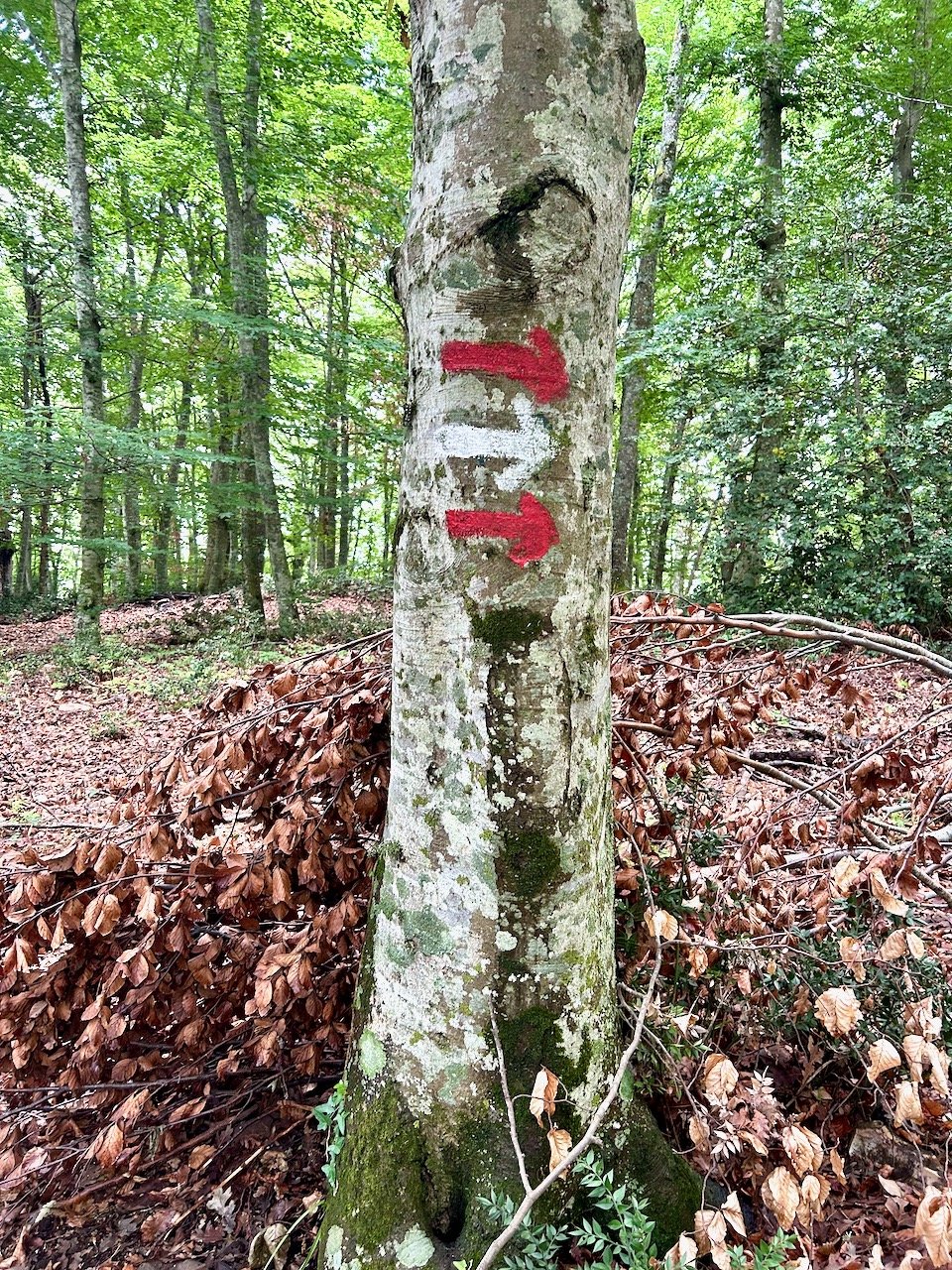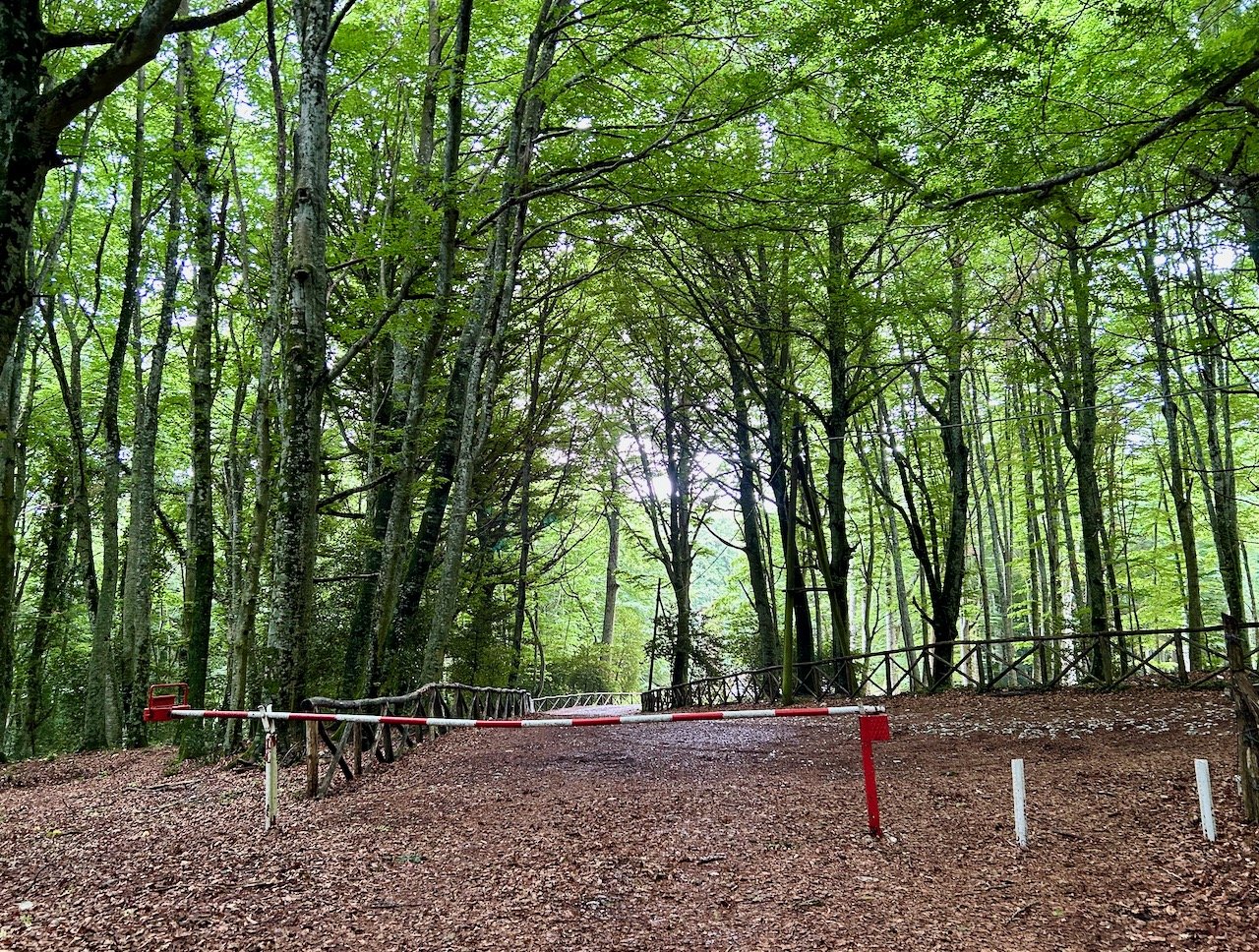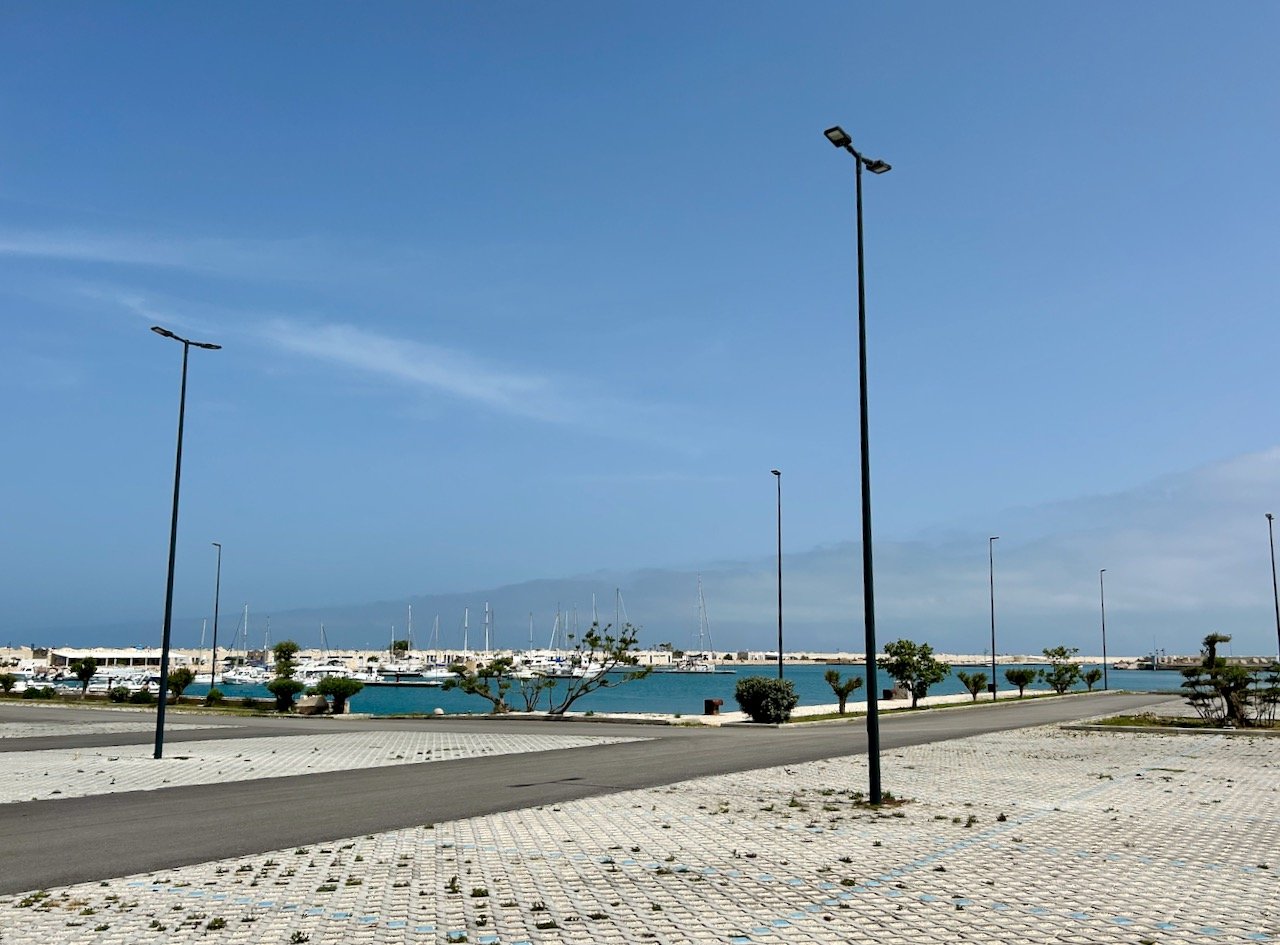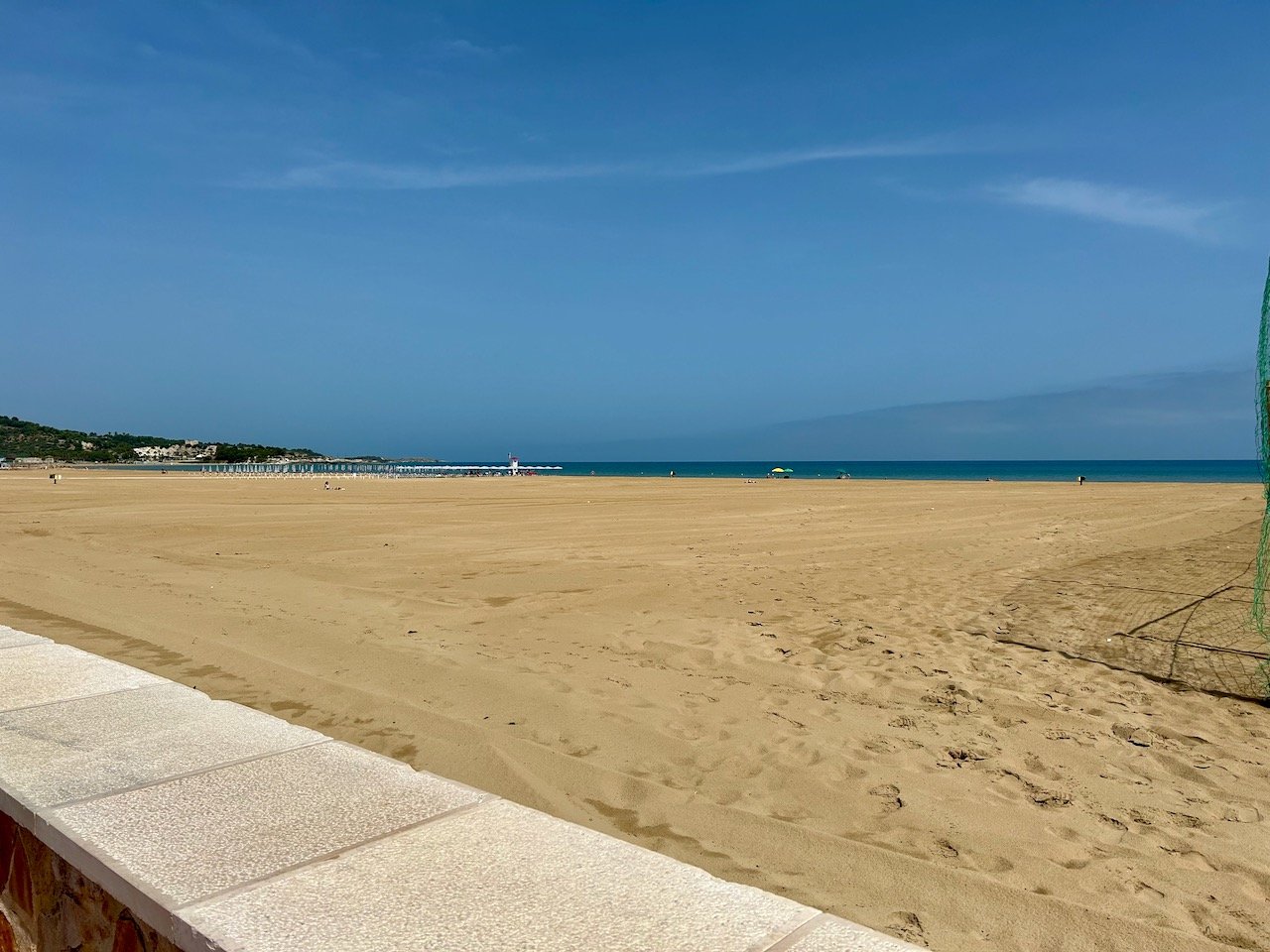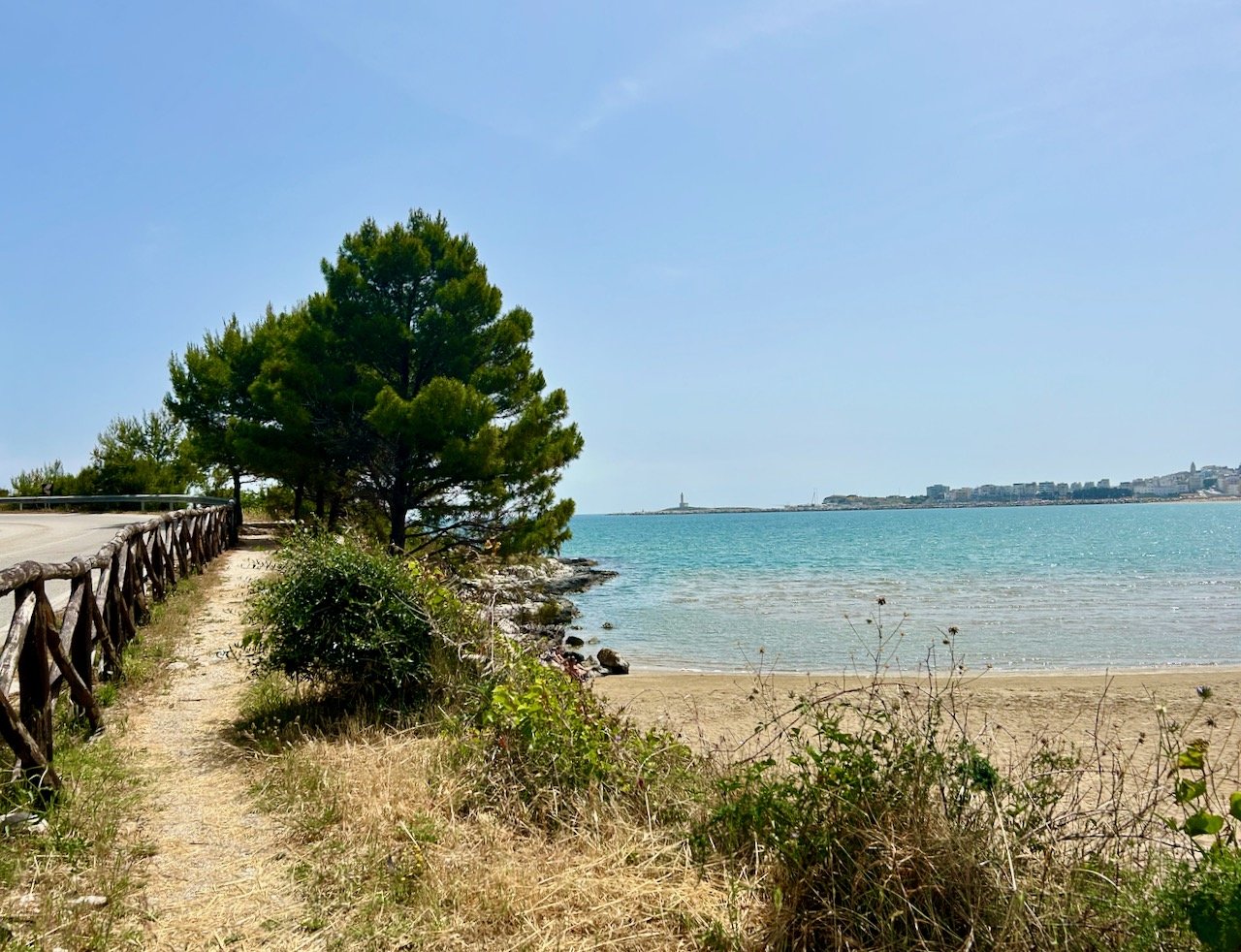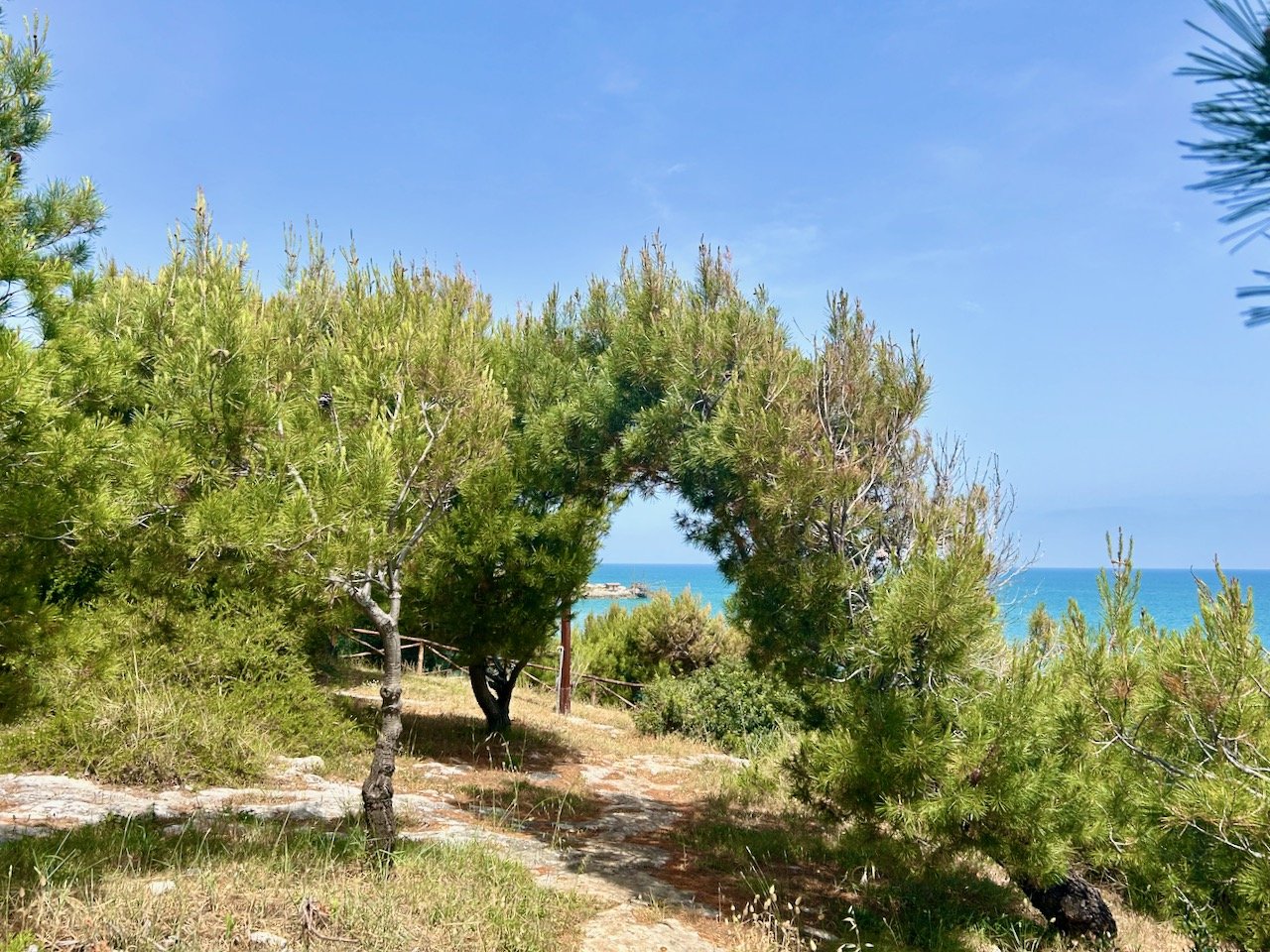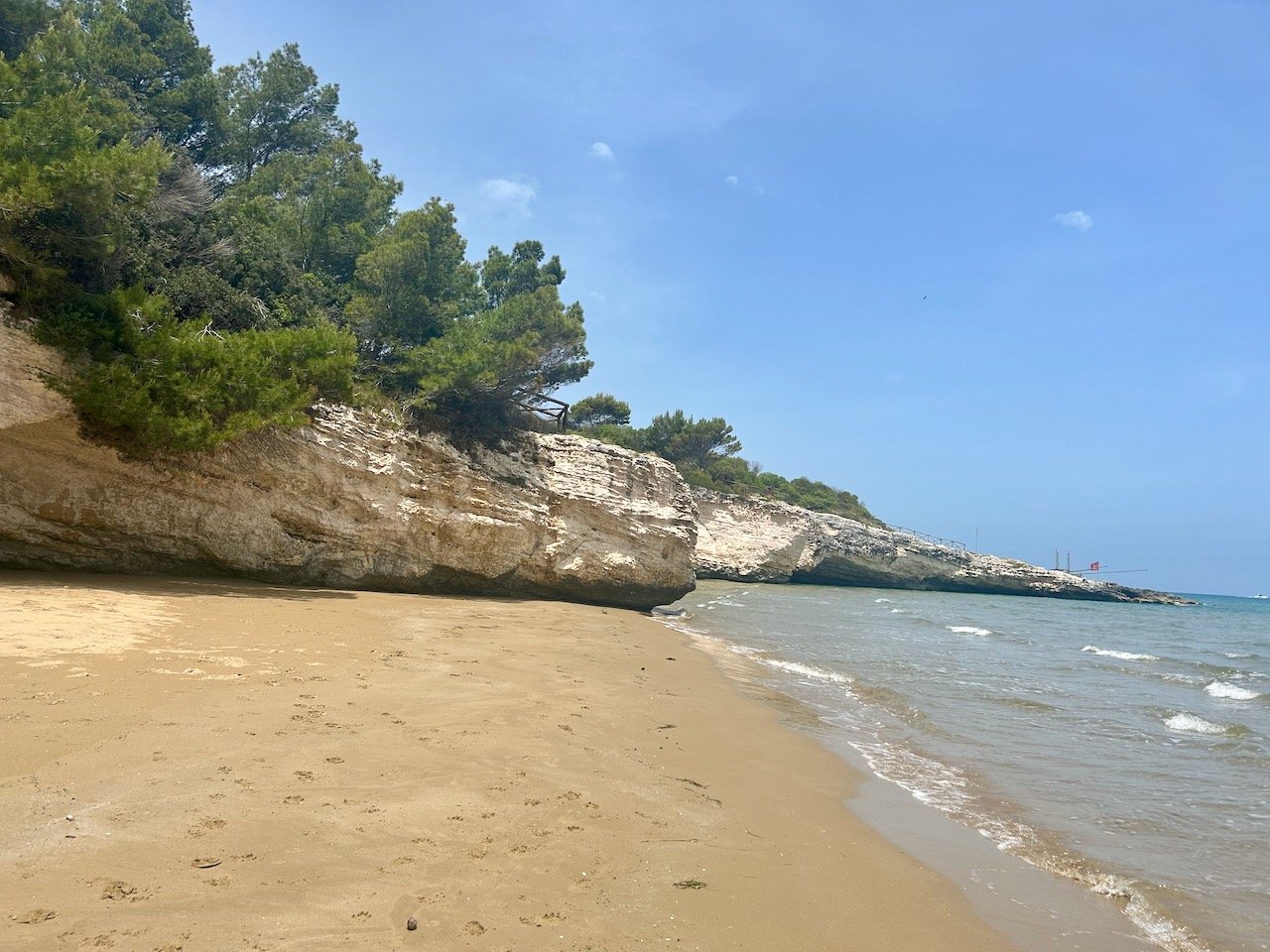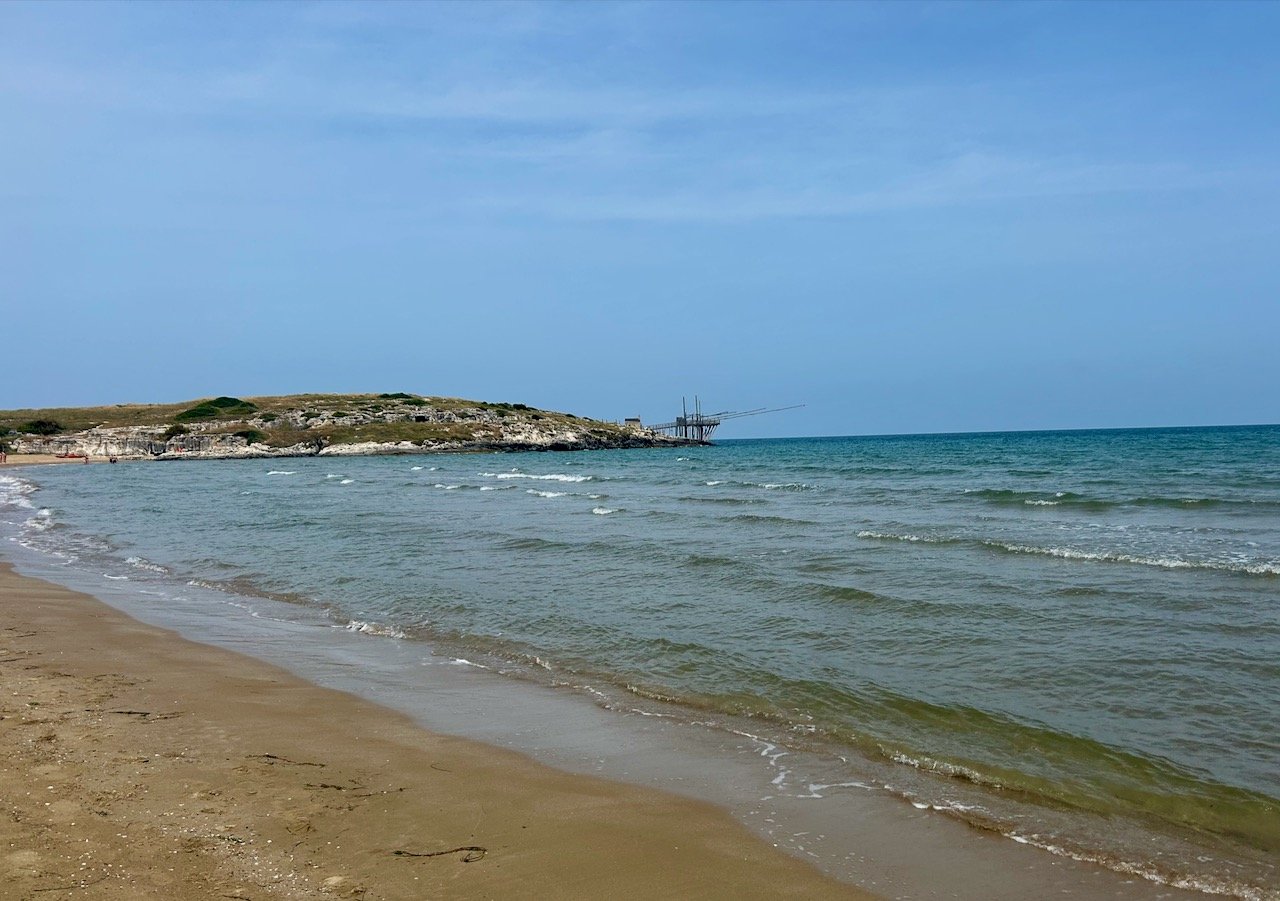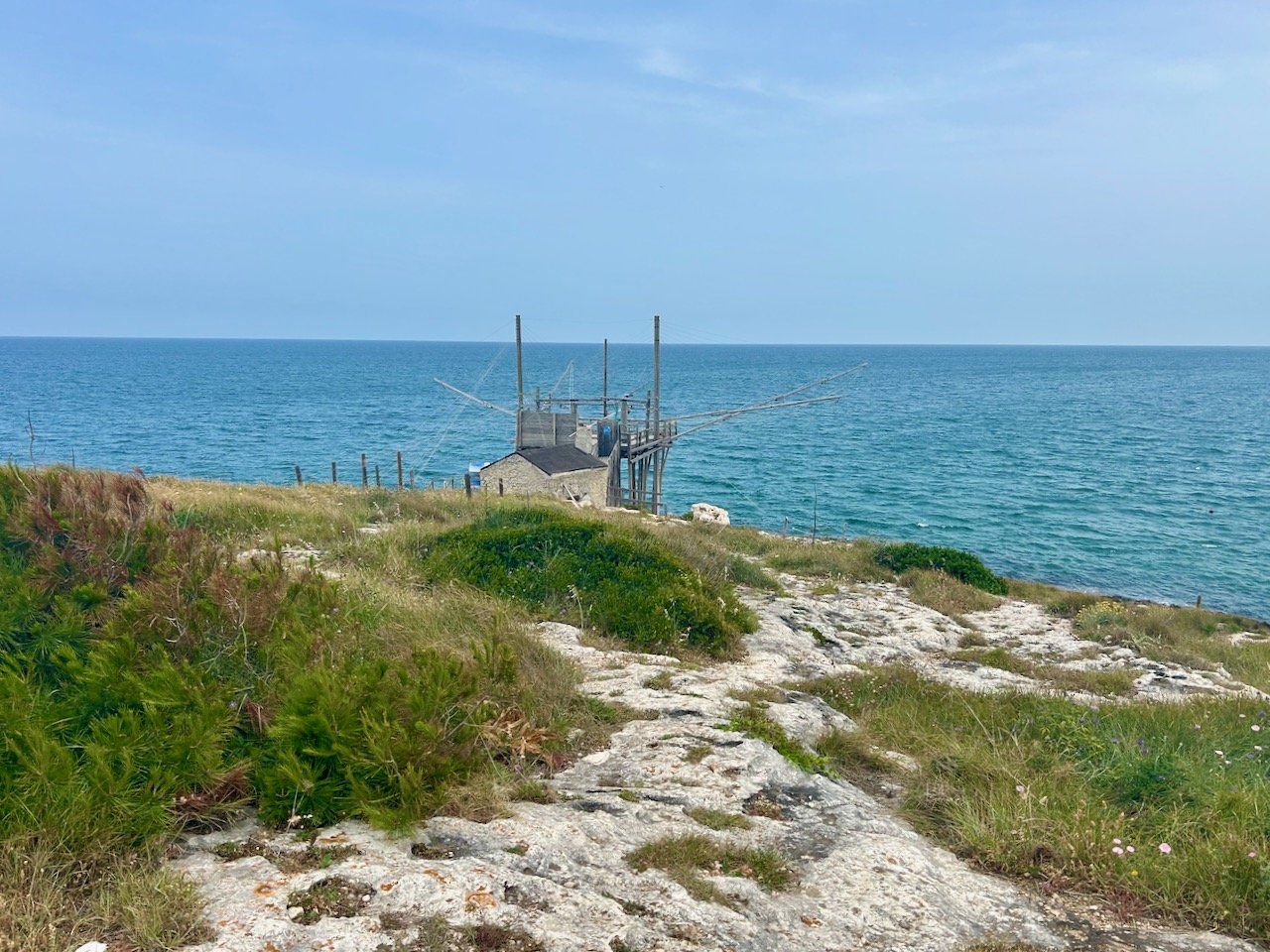After heading into the Forest with a dodgy ankle and resting it overnight, today’s walk was a circular 14.4km walk to explore the forest. Predicted to take 4 hours 30 minutes, which both of us knew would be optimistic, even at best.
I’d debated with myself if it made sense to do the walk, but as the notes said that the walk would immerse us into everything the forest had to offer I was keen to see what it had in store for us. It also looked as if the walk was a large figure of eight so, if my ankle was playing up there was an option for us to cut it short as tomorrow was a ‘move on’ day and so I needed to be able to do that.
So off we set.
We took a picnic from the hotel and headed back the way we’d arrived yesterday, this time though taking in more of our surroundings, including these peculiarly ‘ribbed’ trees, but still looking out for the signs to ‘Laghetto’ - or small lake or pond.
Our walking notes told us that the Foresta Umbra is devoid of watercourses due to its karst nature, meaning that the topography is formed from the dissolution of soluble carbonate rocks such as limestone and dolomite.
Collections of rainwater form though, and they were fundamental for the development of settlements in the past, and still used as a key resource for animals living in the forest today. The largest of these is Laghetto d’Umbra with a depth of a couple of metres occupying the central part of a large sinkhole and the home to carp, the common toad as well as non-native species such as the golden carp, the catfish and the red-eared pond turtle.
Having spent some time at the lake we headed off for our next destination, the temporary waterhole ‘Cutino d’Orti’ but more on that when we get there, as it was truly amazing and like nothing I’ve ever seen before so I was so glad we opted to do the walk.
But we had plenty of forest and forest paths to navigate before we got there, and many directional markings to admire - thankfully today, we were following well signed footpaths.
These views of paths flanked by trees never get old, even looking back at my photos as I write this post I can feel the cool calmness that they exude, which was great then experiencing first hand and also very welcome today as the temperatures have notched up again here.
There were glimpses of sunlight coming through the tree canopy too - whether it was right down to the forest floor or just caught in the leaves, it’s no wonder that we find forests captivating.
We approached the clearing with the temporary waterhole ‘Cutino d’Otri’ and we couldn’t quite believe what we were seeing. We knew to expect a circular shape, bordered by an ancient dry stone wall with two gaps, or passages, which allow wild animals to drink without being trapped in its stagnant waters.
But we didn’t expect this.
It was stunning. The colour especially so.
And mesmerising. We watched the small insects dart about the surface, a toad appear every now and then and make a tremendous racket and unknown creatures below the surface. We even saw a small turtle crawl out of the water to enjoy the sun.
Totally amazing, and not something to miss - even to rest a dodgy ankle.
Eventually we drew ourselves away and headed into another part of the forest, this time to Falascone a further protected segment and a rare example of mixed beech forest. It was as amazing as the rest of the forest, but by now I was keen to get back and rest my ankle as I knew tomorrow’s walk could be more challenging. It was short, just 8.6km but it was the total ascent of 485m and a total descent of 315m that was playing on my mind!
I was momentarily distracted though by spotting a Granny’s Bonnet, and then lots of lichen!
And then there was the road back to our hotel, which was almost as picturesque as being in the heart of the forest. Almost.
See all of my posts from our self-guided walking holiday in the Gargano Peninsular. We started the walk on 18 May 2024, returning to the UK eight days later.

